manna MomentFor 24 weeks, we have been memorizing Psalm 95:1-6 and these students have it!!! May God's Word dwell richly in these students. Psalm 95: 1-6 states: "Oh come, let us sing to the LORD Let us make a joyful noise to the rock of our salvation! Let us come into His presence, with thanksgiving Let us make a joyful noise to Him with songs of praise For the LORD is a great God and a great King above all gods. In His hands are the depths of the Earth, the heights of the mountains are His also. The sea is His for He made it, And His hands formed the dry land. Oh come, let us worship and bow down Let us kneel before the LORD our Maker." Here is a video of the students reciting this amazing psalm
Earth Day Craft: SlimeOur craft today is in honor of Earth Day. Some can make the Earth an idol and worship it, however, I choose to celebrate the Creation that God made and that we were able to explore this past year. So just as the World is still in God’s Hands, He still keeps it, protects it, we made slime in our hands to have a little piece of His world in our hands. First, we poured about a tablespoon of liquid glue into a bathroom cup. Then, I poured only about a 1/2 tablespoon of water into the cup and had the students stir that together well. Since we were celebrating God's creation, I let them pick if they wanted blue or green food coloring or both and blue or green glitter, both or neither. They stirred this together well. Finally, I poured in about 2 tablespoons of liquid starch to 'activate' the glue mixture and turn it into slime. The more water you use, the runnier the slime will be. Also, I used food coloring which also dyes your hands. We mixed mostly with the craft stick but the students then wanted to play with it too. 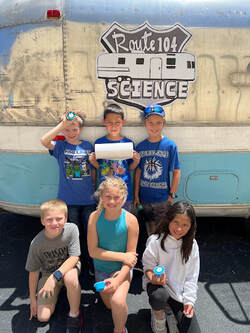 My first Route 104 class and I couldn't have asked for a better one. They were always excited and ready to learn more when they came to class and we had a lot of fun. I am so proud of all that they have learned this year in elementary ecology. Guess What Review Game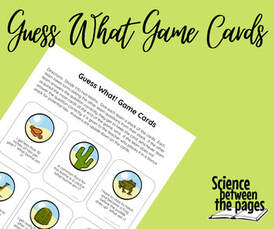 We can't have a final day without a Review Game. I choose not to give tests in elementary and assess learning through review games where they receive a reward for every correctly answered question. (I wish I had this when I was a kid, I think I would have studied more) The Review game that I made is called Guess What! They were to guess what animal or vocabulary word we had learned about from our listening guides. 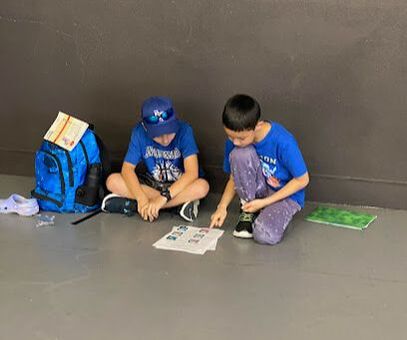 These two students from my Route 104 class were studying together and they did excellent during class in our review game! Way to Go!!!
0 Comments
Manna MomentPsalm 95:1-6 are the verses that we have been memorizing all year because truly, truly, "In His hands are the depths of the Earth and the heights of the mountains are His also". From the depths to the heights and everything in between, God has in His hands. God has placed balance in the natural world to help it continue to live and thrive. When we take things out of nature either on purpose or unknowingly, we alter the balance of nature. After the Fall, death created an imbalance and so there are systems that had to be put in place to balance out the natural world; two of these are the Predator-Prey Feedback loop and Territoriality. Refresh our Memory!Using the combination of the Energy Transfer cards and the What Role Do I Play cards, I had the students arrange and sort the animals under their titles and show the flow of energy. Traditionally, I had the students place the cards horizontally but I actually like this vertical organization better. You see the Sun on top, the producers and their kinds next, then the consumers that are split into three different types: Omnivores, Carnivores and Herbivores followed by the scavengers and decomposers because God doesn't waste anything.
Who Eats What? Balance of Nature By this time in the year, most of this book is review of all the food chains we have been learning, however it adds one important element and that is the imbalance of nature that happens all the time. This book highlighted how otters love to eat sea urchins and sea urchins destroy kelp forests in the ocean. Kelp is a food for fish and other ocean animals however, sea urchins sometimes cut off the kelp from the stem and cause it to float away thereby destroying the kelp beds. Hunters used to hunt sea otters so much that the sea urchins multiplied since there weren’t enough otters balancing them out. Therefore because the otters were taken out of the food chain, many other ocean organisms suffered and died. 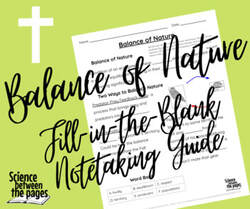 This is where we introduce the two ways that God has designed for nature to maintain balance; Predator-Prey Feedback Loop and Territoriality. Predator-Prey Feedback Loop is a process that brings prey and predators into equilibrium. And Territoriality is where animals respect one another’s territory. This has a word bank and blanks for them to fill in as you explain. Food Chain Games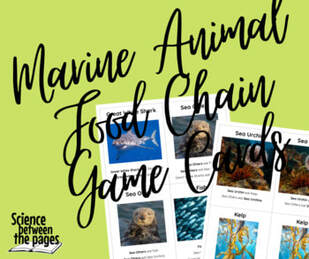 To finish off the class we played the Food Chain Game. The first class used energy they received from the producer (sweet student on crutches) and for every step they took, they had to tear off a square of energy from their slips. The students were getting creative with how they were taking their steps. One student would long jump as far as she could. The tags around their necks told them if they were an herbivore, carnivore, omnivore, scavenger or decomposer. If they were a carnivore, they had to use their energy to get themselves to another animal in order to claim their energy and continue after the next animal. If you were the herbivore, they needed to get away from prey and back to the producers in order to maintain their energy. The scavengers and decomposers would collect all the squares from off the floor. The second game is actually a Marine Animal Food Chain Game and this plays directly off of the book we read earlier called Who Eats What?. Each card has one of the animals from the book and lists what they eat and what they are eaten by. Five Star Ratings on our TPT page say this was a helpful resource. Below is the class that was able to play the Marine Animal Food Chain Game. This works the best with a larger amount of space.
manna MomentGenesis 1:25 says, “God made all sorts of wild animals, livestock, and small animals, each able to produce offspring of the same kind. And God saw that it was good.” Some people believe that the different physical traits or behaviors given to animals occurred over long periods of time to survive their environments while others believe that God designed animals in their kinds from the beginning to survive their environments even after the Fall of Man. Looking at the different traits of plants and animals brings out two very different worldviews, one void of a Creator God and one acknowledging the Creator God. It is important in reading science books to understand these two worldviews so that you know what you are reading. Its Designed to Do What it Does Do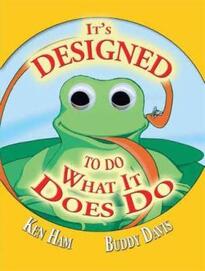 While I thought this book might be too young for my 2nd and 3rd graders, it actually turned out that the googly eyes were a hit. Through this book, we learned all about different kinds of animals and their unique characteristics that were designed from the beginning as part of their kind. Throughout the book, the students were led line by line to drawing a mysterious animal. It turned out to be a sheep to remind us of Jesus, the Lamb of God. Science Fact versus Science Idea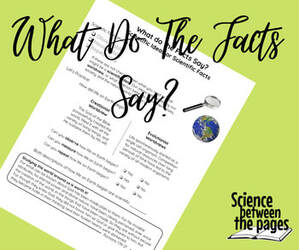 Remember that science should not be a faith or a religion, it is a process for figuring out the world around us. Science changes all the time because we are discovering new things all the time. So in order for something to be a science fact, it must meet three criteria:
Identifying Worldview in books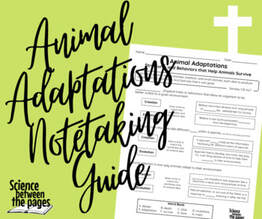 Adaptation can be a loaded word. It means one thing to some and another to others depending on your worldview. However, you can tell which worldview a book is speaking from by how they address the idea of adaptation. If the book you are reading believe that physical traits of organisms develop over long periods of time, you are reading a book from an evolutionary standpoint. If you are reading a book that points out God's purposeful design from the beginning, then you would be reading a book from a Creation standpoint. Adaptation itself is defined as the physical traits or behaviors that allow an organism to be better suited for its environment. We can learn about the adaptations without getting into the 'how' they came about. The cards below are just the facts, just the adaptations we have seen (observed) from animals. Animal and Plant Adaptation Matching Cards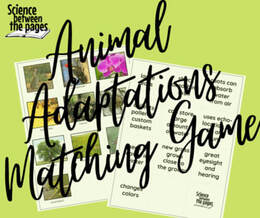 These cards have both animals and plants and their amazing abilities to live in their designated environments. I, personally, believe that our Creator God was very purposeful and intentional about how He made Creation. This is consistent with His character throughout scripture. Since science changes all the time, I trust the God who created who never changes. manna momentGenesis 3:21 “And the LORD GOD made for Adam and for his wife garments of skins and clothed them.” Before the Fall of Man in the Garden of Eden, did animals need defenses? I don’t think so. They didn’t need them because there was no death. However, today, we have a lot of death and animals consume other animals for energy as part of the food chain. Yet, even though all of Creation deserved death at the Fall, God, in His love, provided 1. Covering and Clothing for Adam and Eve and 2. defenses for the animals like the Texas Horned Lizard. Sometimes we mess up but you can know you are still loved because God will continue to provide for us even when we mess up. Cooperative Review: Building TowersSince we have been learning so much about Biomes and Ecosystems, we will be spending a portion of time during class reviewing all that we have been learning in the class. Today our review game was cooperative. Each student is asked a review question, either from geography, vocabulary or the biome and ecosystem information given in the last eight weeks. When they answer, they will get a block. I am not a stickler about if they answer it right the first time. The goal is to review and as long as the students are participating, they get a block because we are all still learning. The important thing is to remain engaged in the learning process. At the end of the questioning time, I will give them about five minutes to see how tall they can build their towers. We used Jenga blocks in class and both classes went straight to the game-playing structure and I challenged them to think outside that box. They did and some were successful. It was fun. Read Aloud: Texas Horned Lizards by Emily Hudd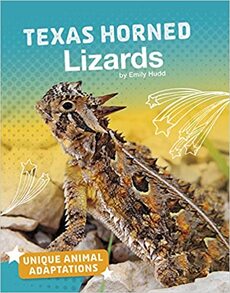 The students and I fell in love with these little lizards. While they look pointy and scary, they really are magnificent creatures. This book highlighted about five defenses the horned lizard has and since we live in Texas, this is our state reptile. There is a reading guide that we read aloud together. The points to fill in do not come in the order of the book, so as we read we found where to fill in the information. This was a great way to activate listening. All the students at the end of class, were able to tell me at least one defense of the horned lizard. Animal and plant defense cards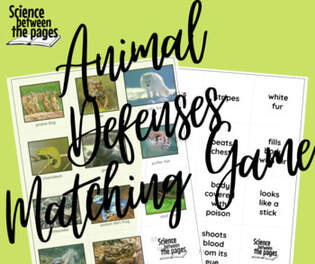 Both animals and plants have defenses. After the Fall of Man, death entered, yet, God in His goodness did not leave everything to die, but provided defenses as a way of protecting His creation from death. This is a matching game where at first, they are to match the animal to the defense. Then they can scramble and flip the cards over to play a memory game. Finally, we learned about three types of animal defenses; Fight, Flight, and Trickery. They can sort the defenses on the cards into these three sections. Scientists sort and organize information all the time. manna momentJohn 7:38-39- "Whoever believes in Me, as the scripture has said, "Out of his heart will flow rivers of living water. Now this He said about the Spirit whom those who believed in Him were to receive for as yet the Spirit has not been given because Jesus was not yet glorified." Jesus is our living water through belief in Him and He offers it freely to us. As the Living Water flows into our hearts and minds, we need to be careful to let it flow out of us. Let us not be a spiritual beaver and build walls to stop the flow of living water that we are to share with others. read aloud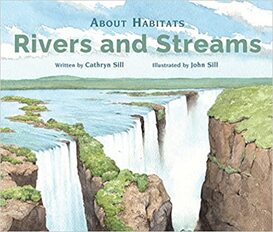 This book is a great read aloud for a group of active students. The text is simple using short sentences. Every other page has an illustrated picture of what is being said about Rivers and Streams. The topics that are covered by this book are:
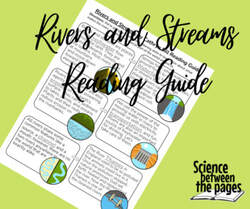 While I am reading aloud to the students, they can follow along with the topics using this reading guide. This also serves as a wonderful review tool for parents who might not have access to the book. 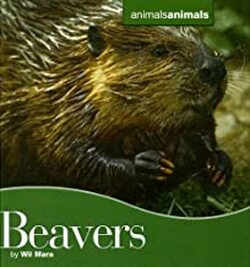
Some of the characteristics of a beaver are:
Lego Dam Investigation In honor of the beaver, we made Lego Dams to attempt to keep flowing water back. This last Lego Dam was successful! It was able to keep all the water back from the other side of the tray. Way to Go!! Rivers and Streams Ecosystem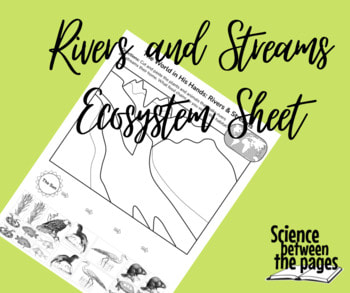 This has all the parts of the rivers and streams that we learned from Cathryn Sills book as well as wonderful flora and fauna. Plus the students continue to learn about the food chains in each ecosystem. Manna Moment: Adaptations can be a loaded word. Depending on your worldview, it means different things. Genesis 1:25 says, “God made all sorts of wild animals, livestock, and small animals, each able to produce offspring of the same kind. And God saw that it was good.” Some people believe that the different physical traits or behaviors given to animals occurred over long periods of time to survive their environments while others believe that God designed animals in their kinds from the beginning to survive their environments even after the Fall of Man. Looking at the different traits of plants and animals brings out two very different worldviews, one void of a Creator God and one acknowledging the Creator God. It is important in reading science books to understand these two worldviews so that you know what you are reading. Interactive Read Aloud Speaking about adaptation, I wanted to present some animals with unique characteristics that they have had since they have been designed to have them. I read this to my 2nd and 3rd graders and they loved the googly eyes for each animal as well as drawing with Buddy the sheep. The sheep reminded us of the Lamb of God who takes away the sins of the world. Can His Creation speak against Him? While some might believe that these unique characteristics evolved over long periods of time, others believe that it is part of an intentional design from a Creator God. Scientific Fact vs Scientific idea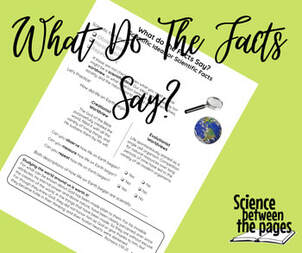 Here is a resource that calls out the difference between a science idea and a fact. Many ideas are presented as facts in the science world and we need to be careful about what exactly we are reading. This hand out highlights that science facts are: Observable, Measurable Repeatable If they do not meet this criteria, they are science ideas. This resource also concludes that both worldviews on the origin of life are in fact science ideas based on what you believe. 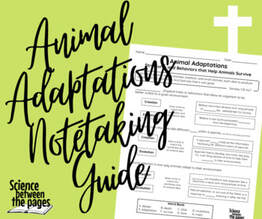 Knowing the perspectives of the two different worldviews, I asked the students to see if they could see which ideas came from which worldview. For instance, an evolutionary worldview believes new traits develop over long periods of time like webbed feet for ducks whereas a creation worldview believes that the adaptations are part of Gods purposeful design. They would draw lines to match each idea to the worldview. I borrowed some books from the library and read a paragraph of one to them to see if they could tell me which worldview it ascribed to. They were able to tell me based on the passage stating millions of years and dinosaurs changing into what we have as birds today. Animal and Plant Adaptation Cards Finally, to learn about the different adaptations of plants and animals, we played this matching game in groups. These are very similar to the Animal Defense cards but have plants in them as well along with different animals. manna momentJohn 6:19-”When they had rowed about three or four miles, they saw Jesus walking on the sea and coming near the boat, and they were frightened.” Seeing as all things, including the seas, were made through Jesus, (John1:3) I am not surprised that he could walk on water, however this would be considered a supernatural feat. It is not a supernatural feat for insects like water striders who walk on pond and lake water all the time. The combination of the molecular structure of water when up against air plus the special design of the water strider’s legs make this feat possible in nature. Mankind uses creation, water striders walking on water, to inspire innovation and scientists and engineers are working on a way for man to walk on water. And even if they come up with a way to do this, it was Jesus who did it first supernaturally. Pond Food Chain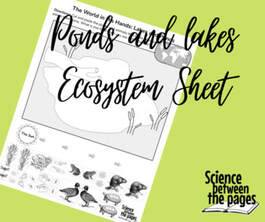 Using some Dyno Cards, the students were able to put a food chain together. This will be helpful to them on their Lakes and Ponds Ecosystem Sheet. lakes and Ponds Note Taking Sheet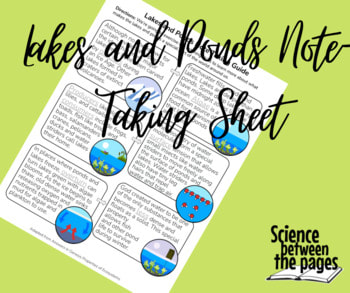 I didn't necessarily have a focused book on Lakes and Ponds and so I gleaned some great information from God's Design Properties of Ecosystems. Along with Dr. Fleming's amazing illustrations, this note taking guide came together. There are key words in each box that are grayed out that the students can trace over them while we discuss the topics in the guide Penny Surface Tension Investigation The only materials that you will need for this investigation are:
I really enjoyed doing this investigation. Second and Third graders are perfect for this. Each had to make a hypothesis of how many drops they could accumulate on their penny. They, then, had to do three trials, add them up and divide to find the average. The dividing was difficult and we had a math lesson within the science lesson. Why not? They go so well together. This investigation emphasizes doing more than one trial and using the scientific method. 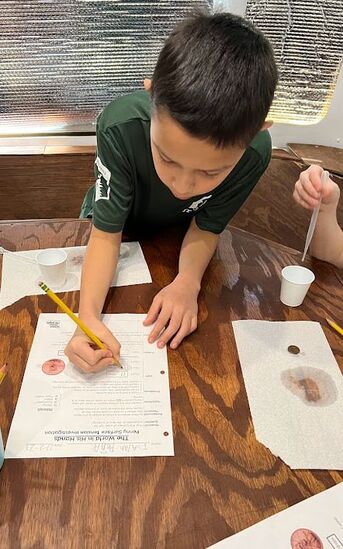 Documenting the data is very important. Read Aloud: From Tadpole to frog by wendy Pfeffer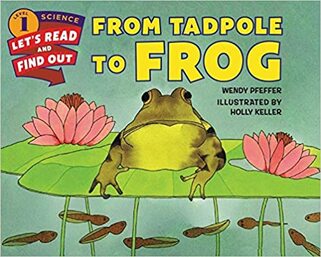 Our fauna highlight today was the frog. I picked the frog to contrast with the spadefoot toad that we learned about earlier in the desert. While reading, we compared the life cycles of the frog with the spadefoot toad. Frog Life Cycle Bracelets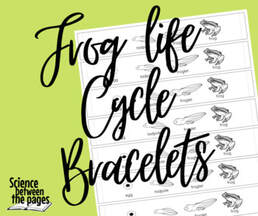 After we finished our read aloud, I gave each student a frog life cycle bracelet to color. Once they were done coloring, we taped them on their wrists. The students loved them and can remember the frog life cycle. You can grab these for free on our TPT page. If you click on the image, it should take you to our TPT store. manna momentGalatians 4:4-5- “But when the fullness of time had come, God sent forth his Son, born of woman, born under the law, to redeem those who were under the law, so that we might receive adoption as sons.” Redemption is the action of saving or being saved from sin, error, or evil. What happens before redemption? Sin, error, or evil. In this lesson, we will learn about a wetland that was devastated by chemical dumping and polluting but was redeemed because of processes set forth by a Creator God. And while humans had a part to play in turning from their dumping and polluting, it was God and His processes that brought the redemption and healing. This parallels to the greatest redemption the world has ever known, the redeemed life through Jesus Christ as Lord and Savior. Jesus redeemed our life from sin. Our sin and error had polluted our souls, we needed to make a conscious effort to repent but it was God’s processes of reconciliation and redemption that bought our freedom and our adoption as sons and daughters of God. Read Aloud: Meadowlands by Thomas Yezerski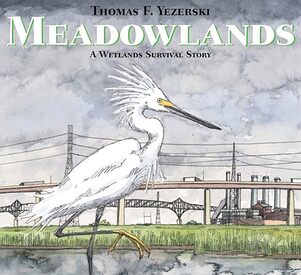 This is a great and encouraging wetlands survival story. It covers the history of this 20,000 acre land throughout the years from its discovery to modern times. My favorite part of this is that it is a true story. Redemption is real! The processes are available if we would from our ways of doing things and accept a better way to live. I had my students use this Reading Guide to follow along with the story or to review it at home with their parents. Science Demonstration: Is saltwater more dense than freshwater?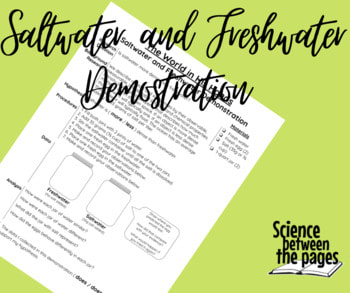 Materials: 2 fresh eggs 2 quart jars water 1/3 cup of salt Fill up the jars halfway with water and add 1/3 cup of salt to one jar and stir. Stir the solution until the salt is completely dissolved. Now add a fresh egg to the fresh water. Draw what happened in the jar on the demonstration sheet. Then add the egg to the saltwater. Draw what happened in the jar as a way of gathering data. Use the questions that follow to analyze the data and follow up with a conclusion statement 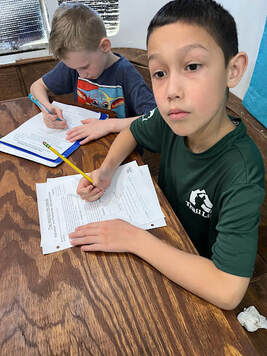 This is a student who was looking at the result of the demonstration that I forgot to take a picture of. It is easy to replicate so this might leave some motivation for you to see for yourself why this student is so interested in the results. Science Investigation: Do Saltwater and Freshwater mix?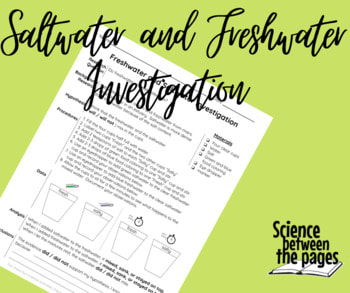 Now that we know if saltwater is more dense than freshwater, we can now see if saltwater and freshwater mix. All you need for this investigation is: 4 clear cups water 4 tsps of salt green and blue food coloring pipettes or eye droppers Investigation guide (this is helpful to guide you through the process) First you will want to label the 2 cups fresh and 2 cups salty. Fill each cup half full of water and add 2 teaspoons of salt to each of the salty cups. Add 2-3 drops of green food coloring to one of the salty cups. Add 2-3 drops of blue food coloring to one of the freshwater cups. Next, you will use a pipette to take some green salty water and add it to the clear freshwater cup. What happens? Next, use a pipette and grab some blue freshwater and add it to the clear saltwater cup. What happens? Did they mix? 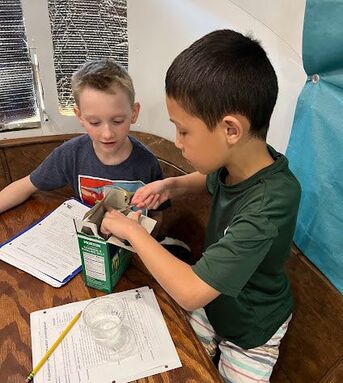 I love how this student wanted to be as true to the teaspoon of salt as he could so he used his finger to level it off. 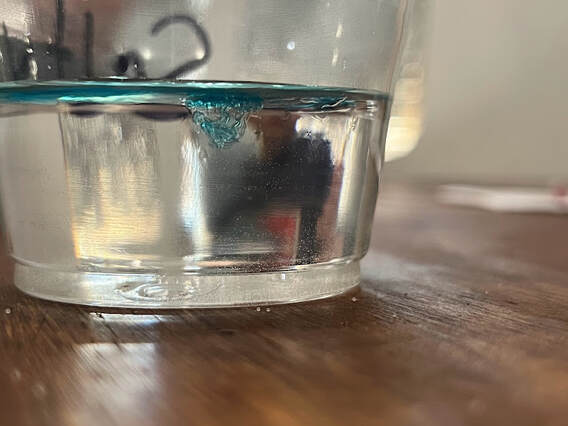 As the blue freshwater was placed in the clear saltwater, you could see the blue water bounce up and remain on the top signifying that they don't want to mix and the freshwater remains on top of the saltwater. 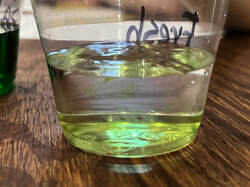 This is green saltwater being placed in clear freshwater. The reflection of the color doesn't let you see very well that the green saltwater was going straight to the bottom of the freshwater. Saltwater is more dense than freshwater. Estuary Ecosystem Sheet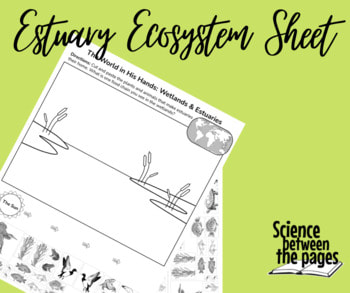 Here is an estuary ecosystem sheet where students can create their own and review what we learned about estuaries today. I included some more information about the flora and fauna of this ecosystem as well. Manna MomentLamentations 3:23-24 states that God’s compassions never fail and that His mercies are new to us every morning. What we will learn about Beaches today is that beaches are an ever-changing ecosystem. From day to day, they are changed in some way. If you go out to the beach one day at the same time as the next, you are guaranteed that there will be more seashells, different sand structures etc. as a result of the tides and waves. When I think of the waves that continually pound the shore, they are constant and consistent like God’s unfailing love for us. Each day, His mercies are new for our life, so just like the beach is new every morning, in the same way, God’s mercies to us are new every morning, Great is His Faithfulness. Weathering, Erosion and Deposition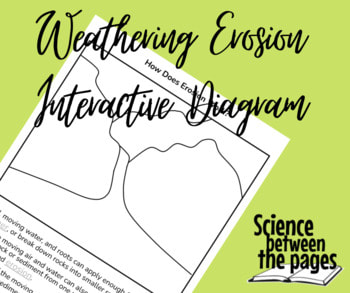 I used this handout to guide the students through the process of weathering, erosion and deposition. I drew this simple diagram on the board so the students could follow along. On the mountain, I placed rocks breaking apart and labeled it 'weathering'. I drew more rocks falling into the river and labeled that erosion, the carrying of rock or sediment from one place to another. Finally, I drew rocks on the bottom of the ocean to represent deposition and where the rocks were deposited after being broken and carried away. candy Weathering Experiment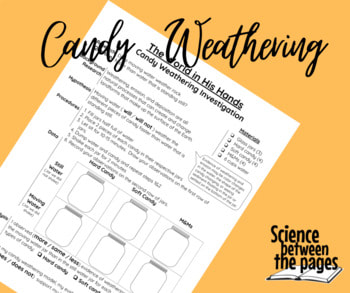 After establishing what weathering, erosion and deposition were, they were equipped with the background research they needed for their Candy Weathering Experiment. This is set up in the format of the scientific method. They were able to hypothesize if moving water would weather candy more or less than candy sitting in still water. After the students made their hypothesis, we filled the jars half full of water and placed 2 pieces of each type of candy in each jar. We put the lid on and let them sit while we enjoyed our book at the 'beach'. Beachcombing by jim Arnosky with notesWe reviewed the five oceans on the inflatable globe. Can you hear the ocean in this shell? Return to Candy WeatheringSo when we returned from the beach, we checking on our candy sitting in the jar and made our observations on our sheet. Time to shake the jars. After the shake. Homework highlightsI had requested last week that the students color these coral reefs beautiful colors AND they did! What beautiful coral reefs and wonderful reviews of what they learned about the flora, fauna, and symbiosis from last week in the coral reef. Beaches Ecosystem sheet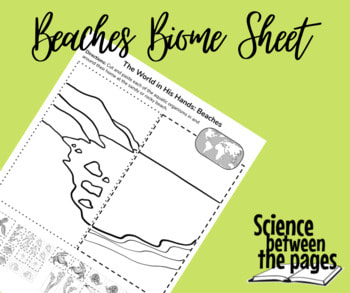 manna momentLet's think about this: Our God, the One who holds our world and universe in His mighty hand, loves relationships. He is One God in three persons and therefore has always been in close, harmonious relationship with Jesus, His Son, and the Holy Spirit. It is through Jesus that God created by the Holy Spirit. Adam and Eve were part of His creation and they were perfect and in perfect relationship with God where God could walk and talk with them in the garden. Can you imagine? This was the norm until sin was chosen and separated them from God. Sin separated and divided but God desired reconciliation so much that He sent His Son to die, to take our sin and be separated for the first and only time from the Father so that we can be reconciled back to God. Relationship means that much to God. You mean that much to God. Confess Jesus as Savior for He is worthy. Repent and turn from sin and be free to live for Jesus. It is no wonder that He has placed relationship so abundantly throughout His creation. Every time you see a relationship, remember our God of relationship. One example in nature is through mutualism, a symbiotic relationship where two different species help each other. Thank You Lord for Your relationship to us and that we can see your love for relationship reflected throughout Your creation. ReviewBefore we jumped into the Coral Reef, I had the students review the ocean zones we learned last week as well as the ocean animals that are found in each zone. This brought me to asking them the question of what ocean zone they thought they would find the Coral Reef read aloud: Magic School Bus Takes a dive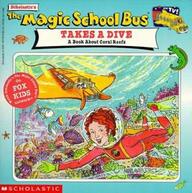 While the Magic School Bus series are not creation based, the older versions do not have as many references to evolution as the newer books do. This book highlights four different mutualistic, symbiotic relationships in ocean animals whose habitat is the coral reef. Since this is a story of class discovering new things, it intrigued my class well. 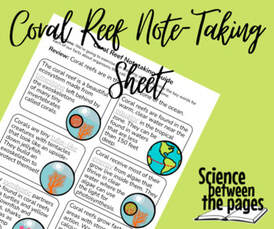 Before I began reading the book, I gave each of my students this note taking sheet. They were able to follow along as we learned different things about the coral reef. Partner Up!When we finished learning about the different mutualistic, symbiotic relationships, I had the students pair up. We then played three- legged races and blindfolded obstacle courses. The student's had to learn to work together or fall, communicate or fall and had the responsibility of leading each other safely through obstacles. Check out the fun and the relationships of these wonderful students. Jesus makes all the difference in relationships.  They did it!! Sweetness!!! Thank You Jesus!!! The students in the Route 104 Airstream had significantly less obstacles, however, they did have to avoid running into each other. They did great! 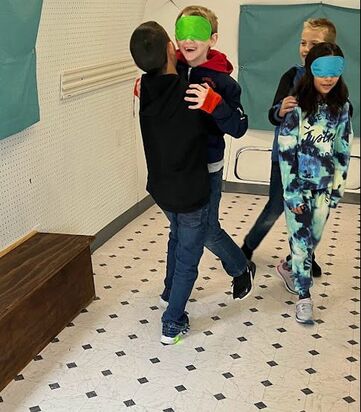 And sometimes, your partner will just pick you up and carry you through the obstacles. Love it! Coral Reef Sheet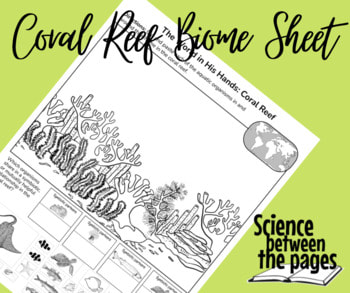 For the students activities at home this week, they will color, cut, and paste their own coral reef. I encouraged them to use all sorts of colors. The Route 104 crew were able to get a five minute head start on this. This sheet is different from the other biome sheets in that there is not a food chain to fill in. Instead, there are the symbiotic relationships that we learned about today.
Homework showcaseI absolutely LOVED the coloring that this student made on her homework from last week. It's beautiful!
|
Lead LearnerWelcome! My name is Nicole Fleming and I have been leading science learning in the Bryan/College Station homeschool community for over 10 years. Archives
April 2023
Categories |
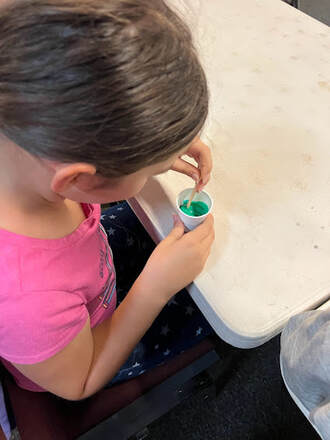
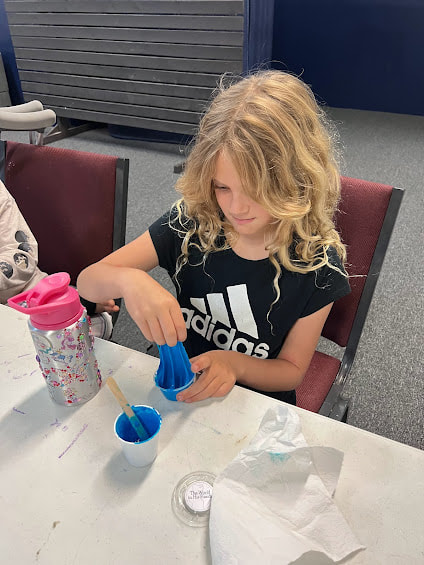
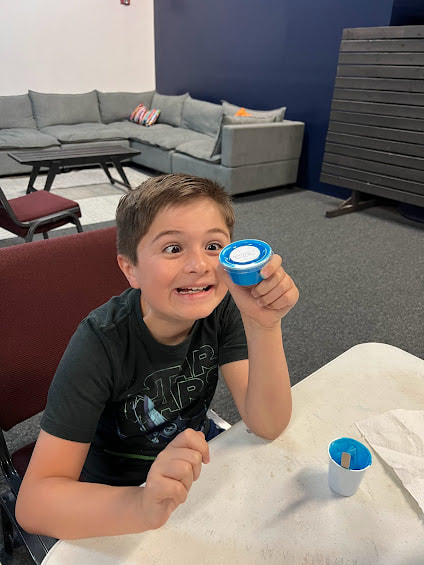
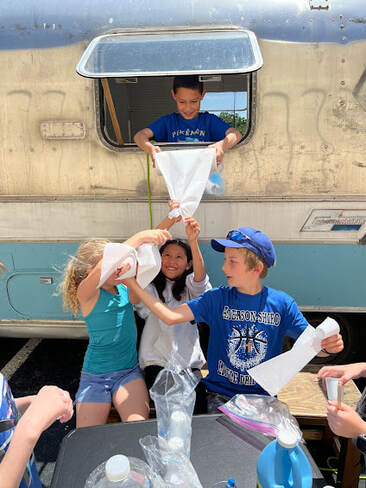
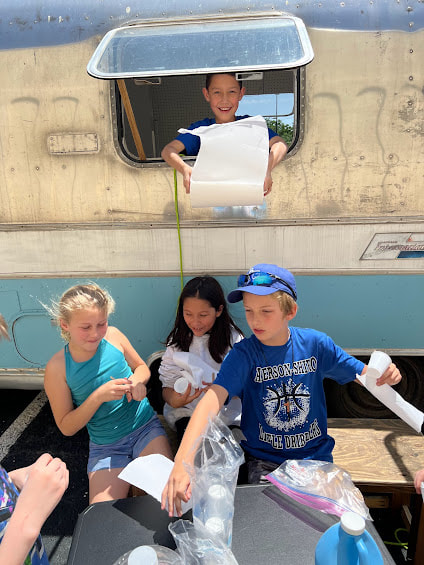
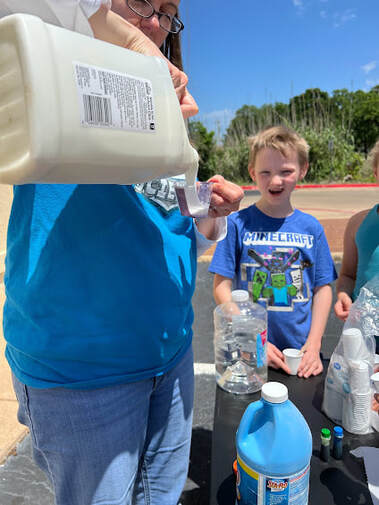
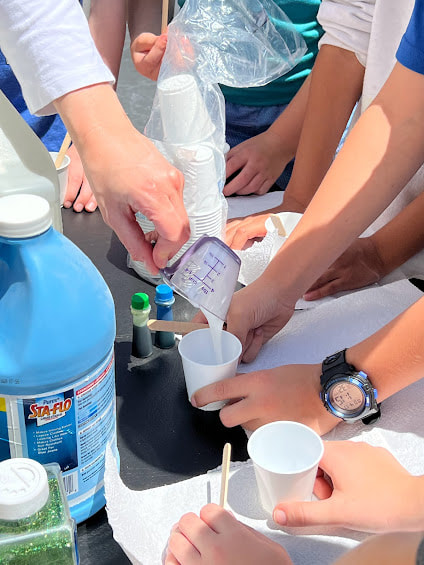

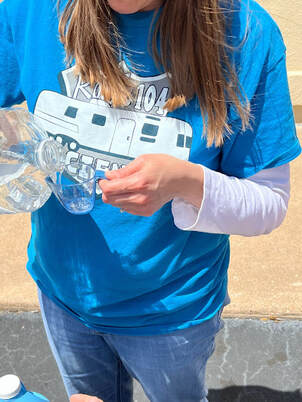
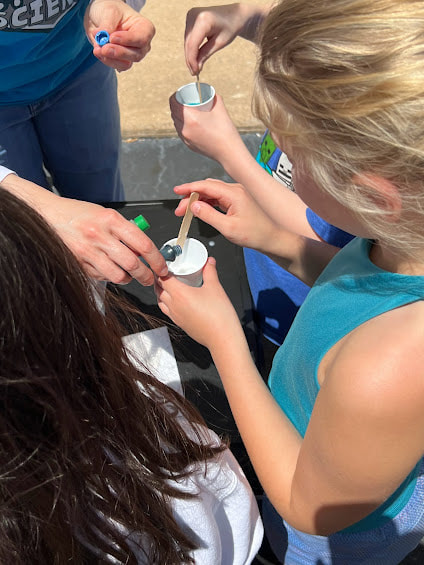
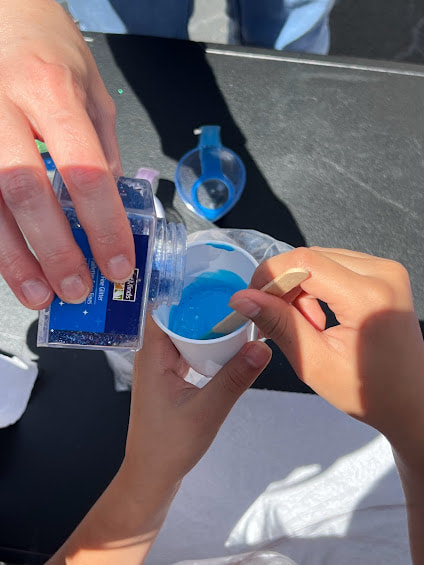
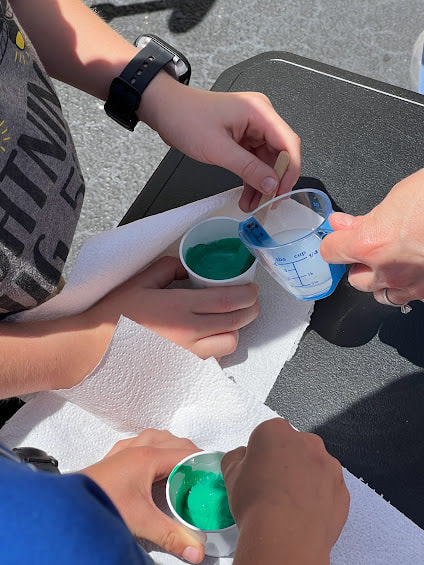
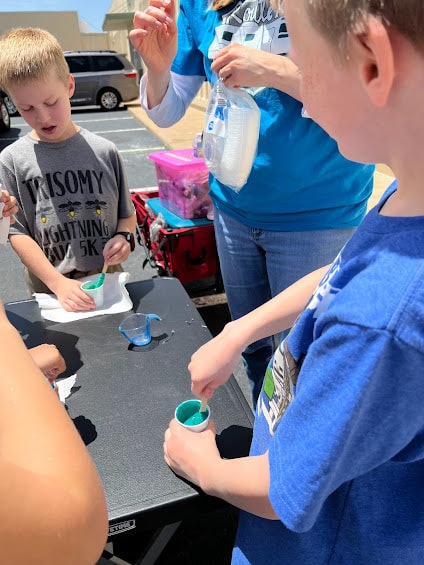
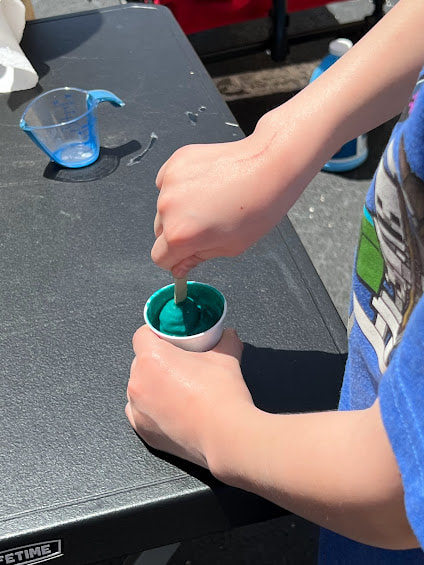
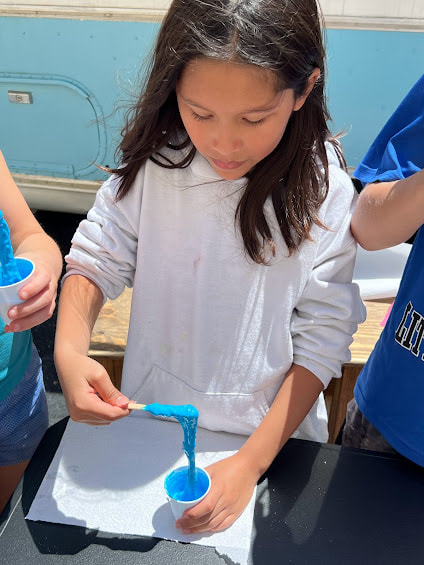
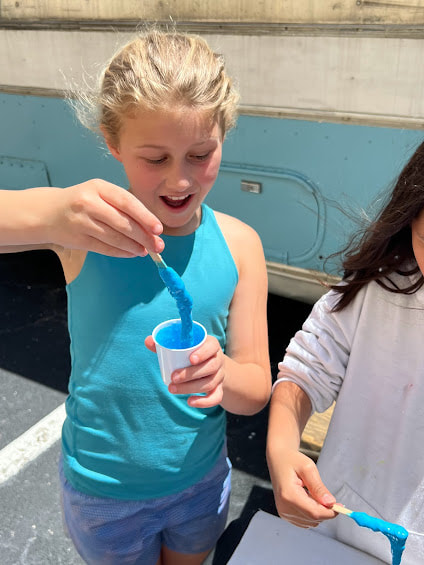
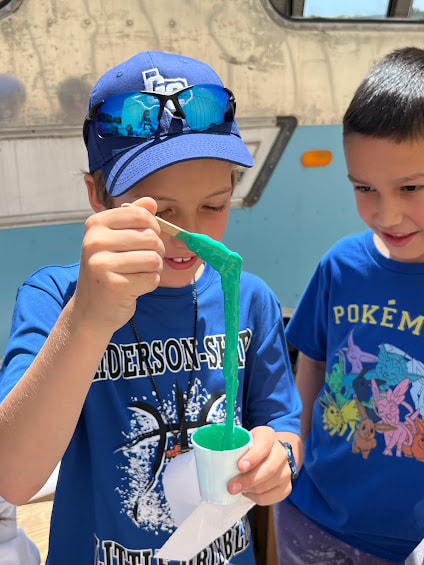
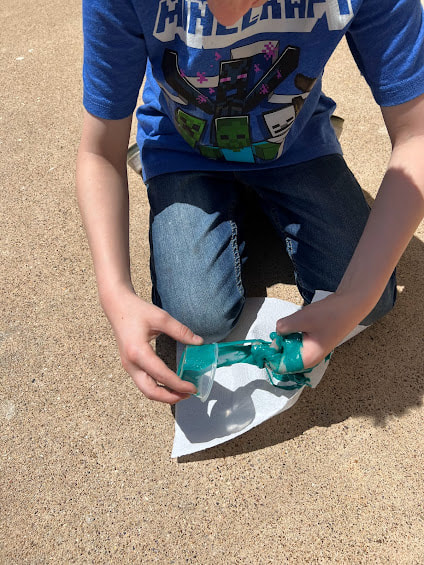
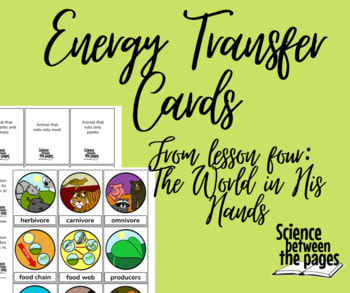
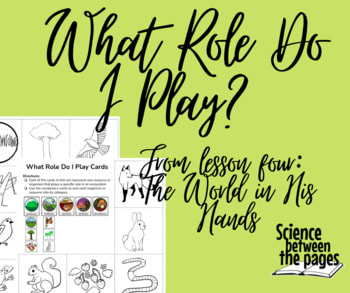
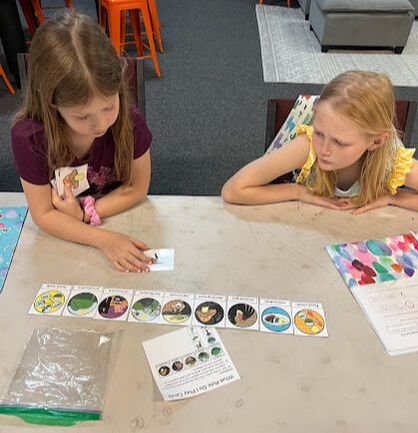
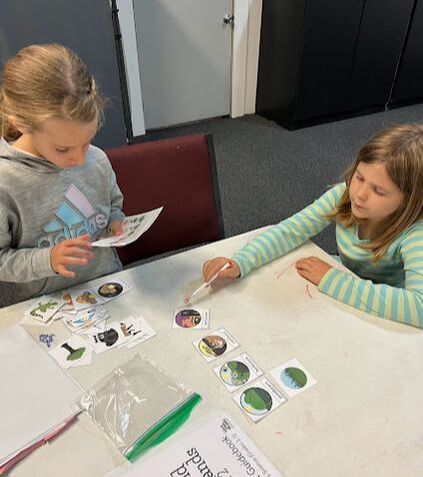
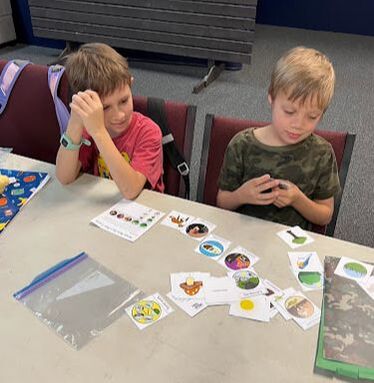
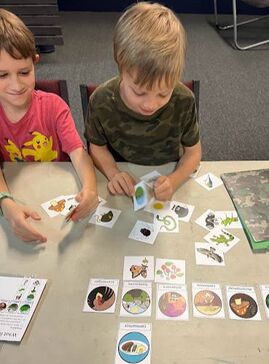
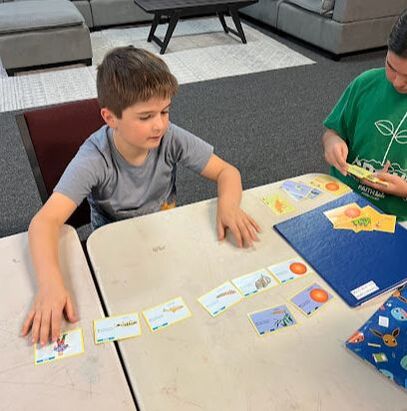

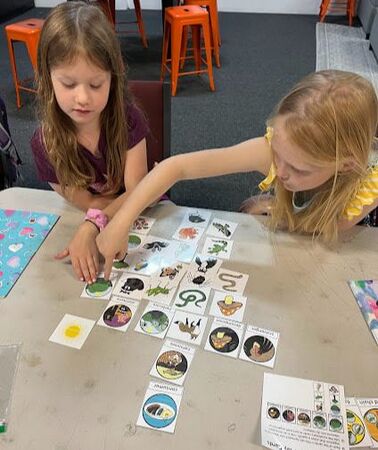
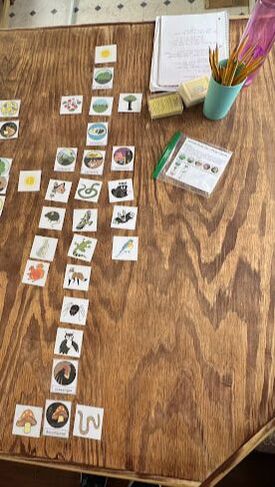
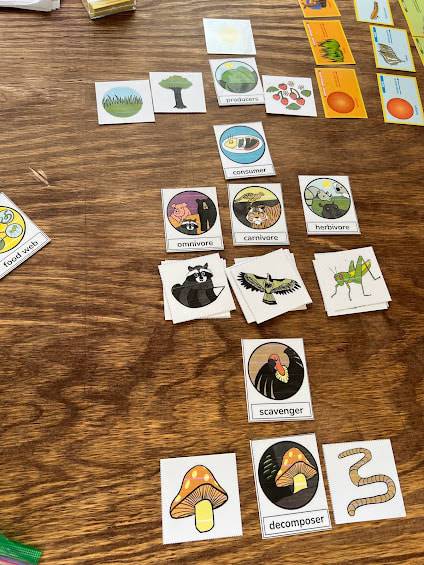
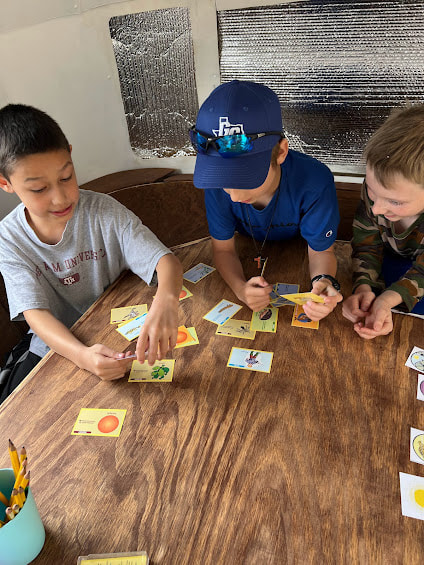
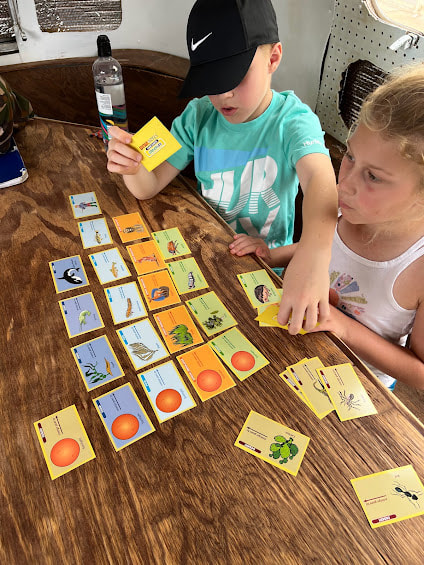
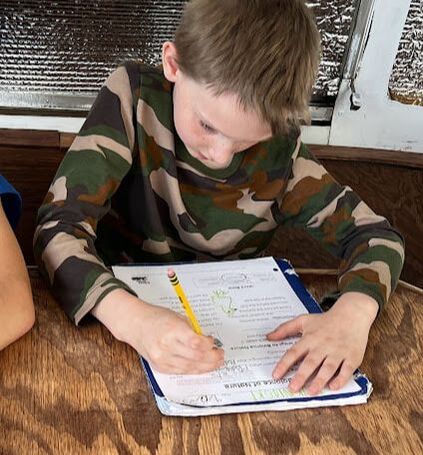
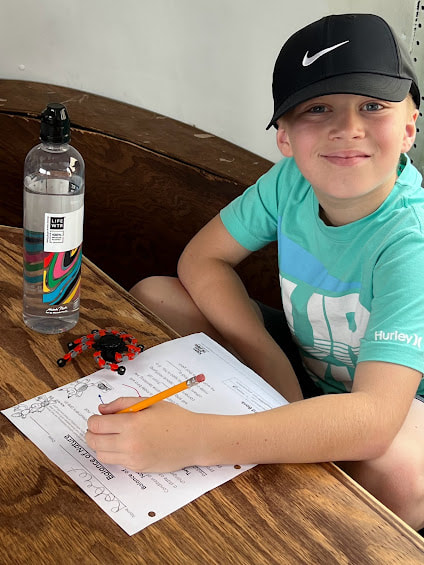
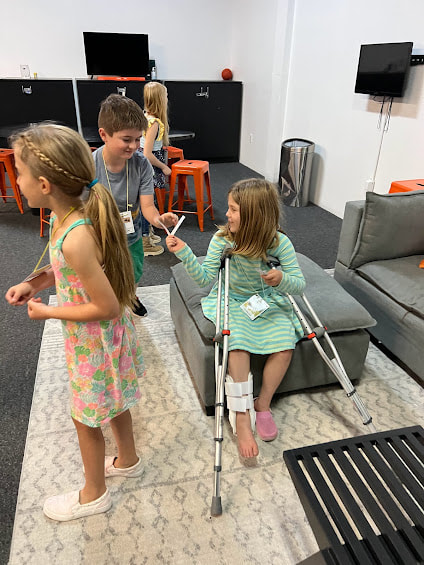
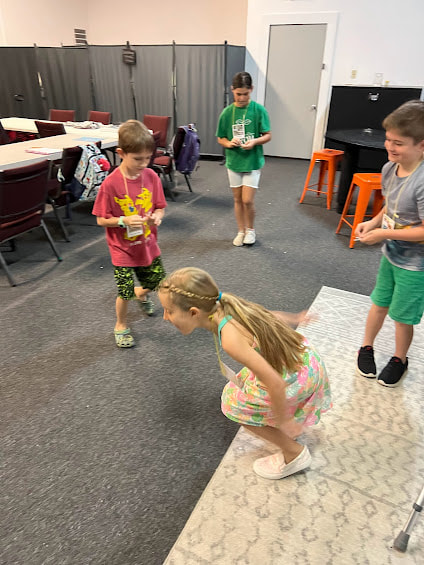
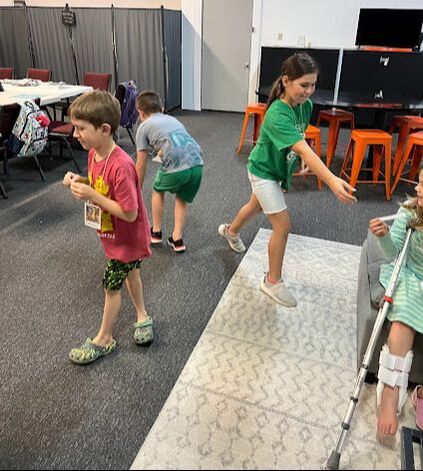
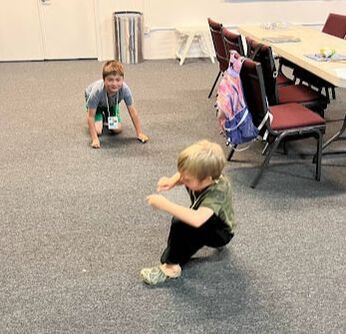

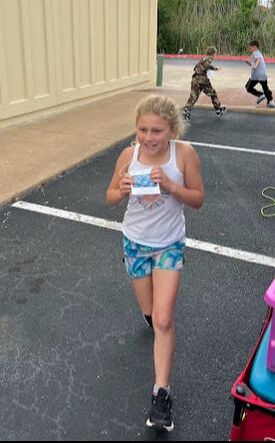

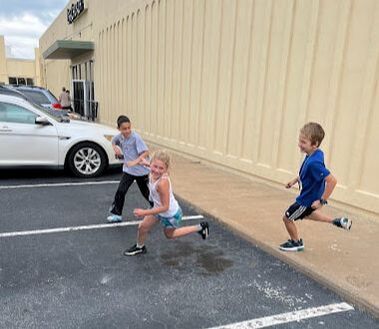
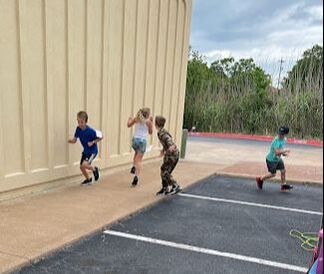
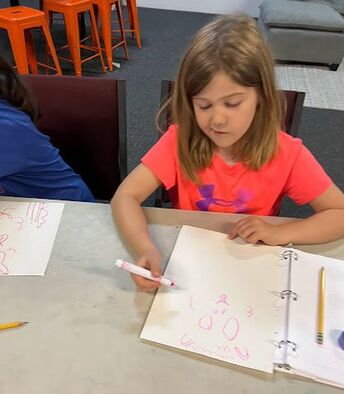
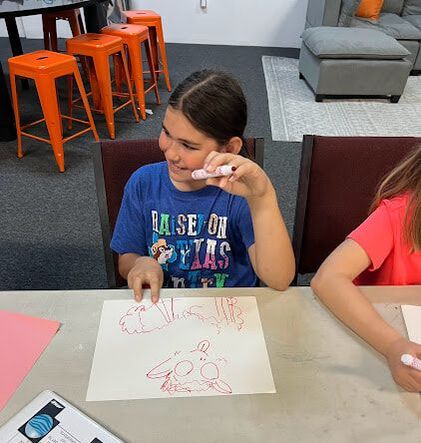
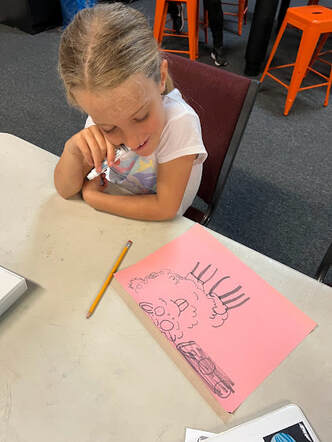
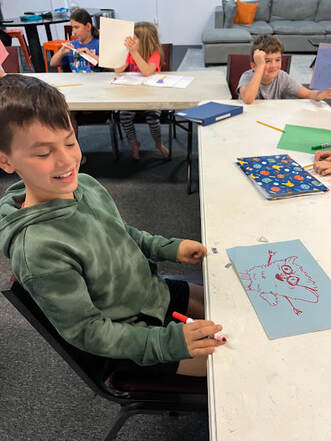
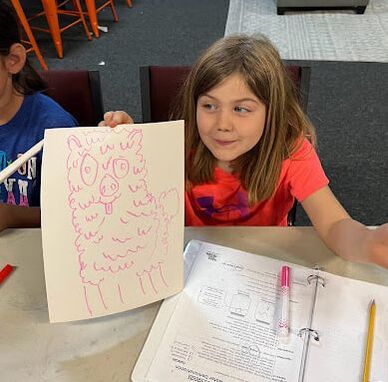
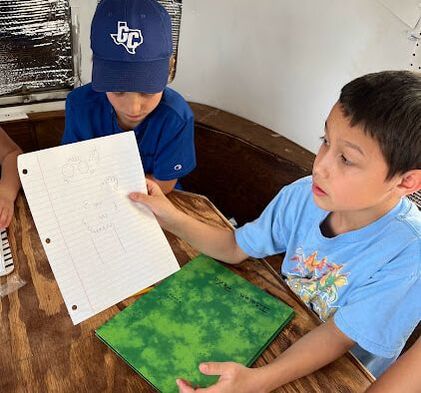
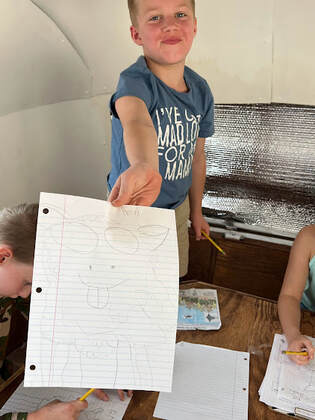
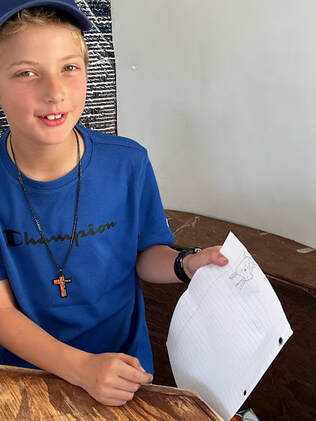
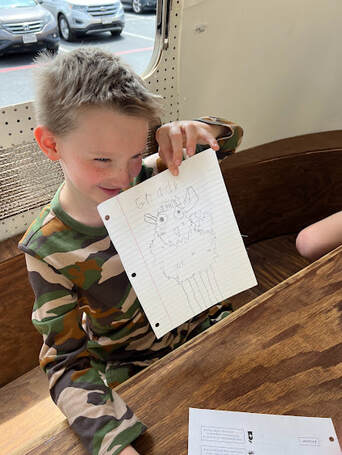
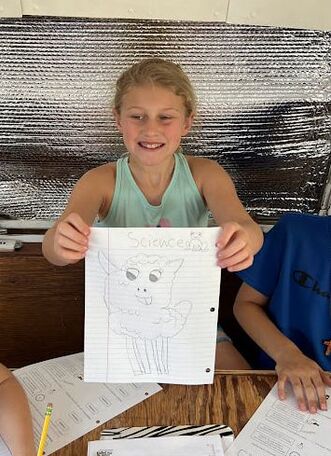
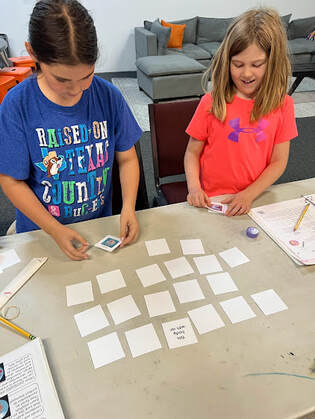
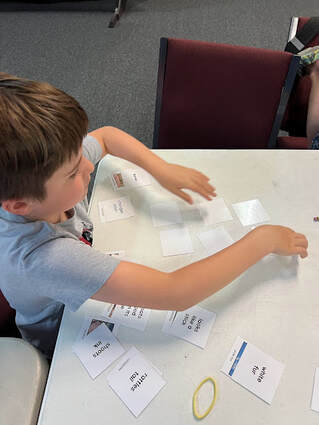
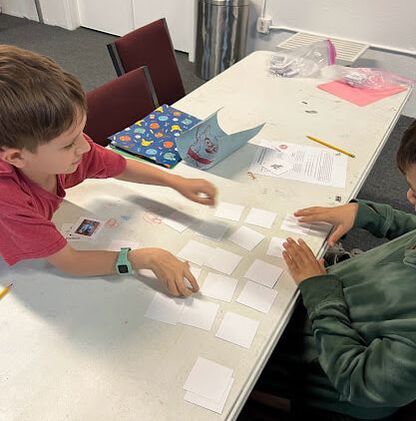
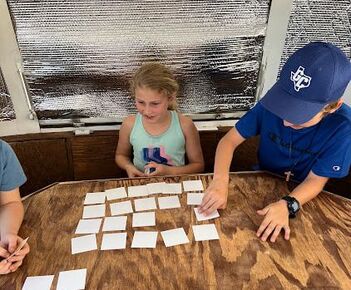
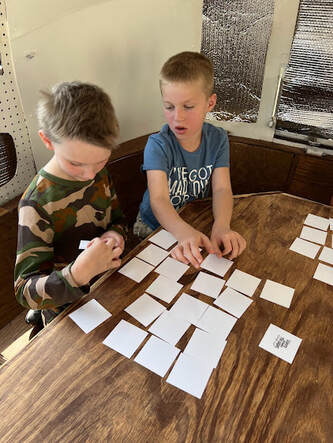
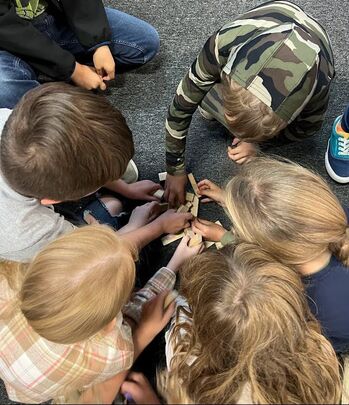
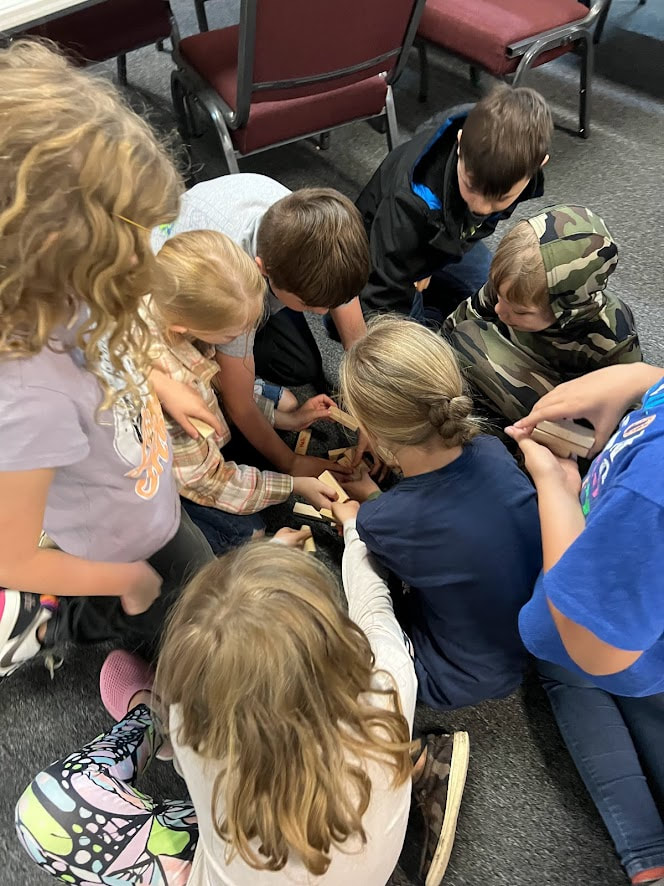

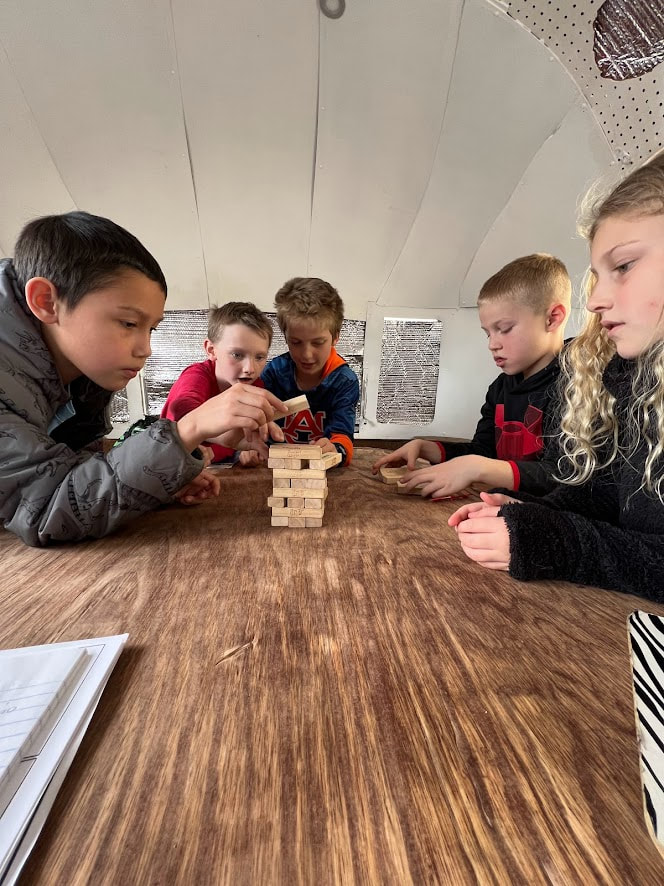
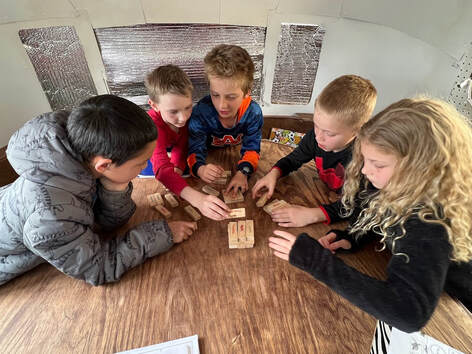
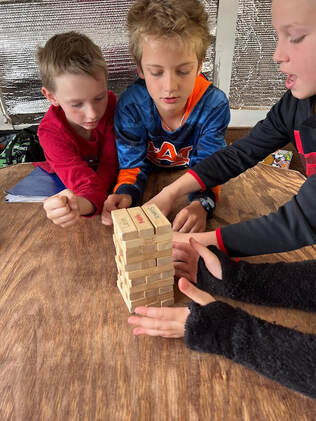
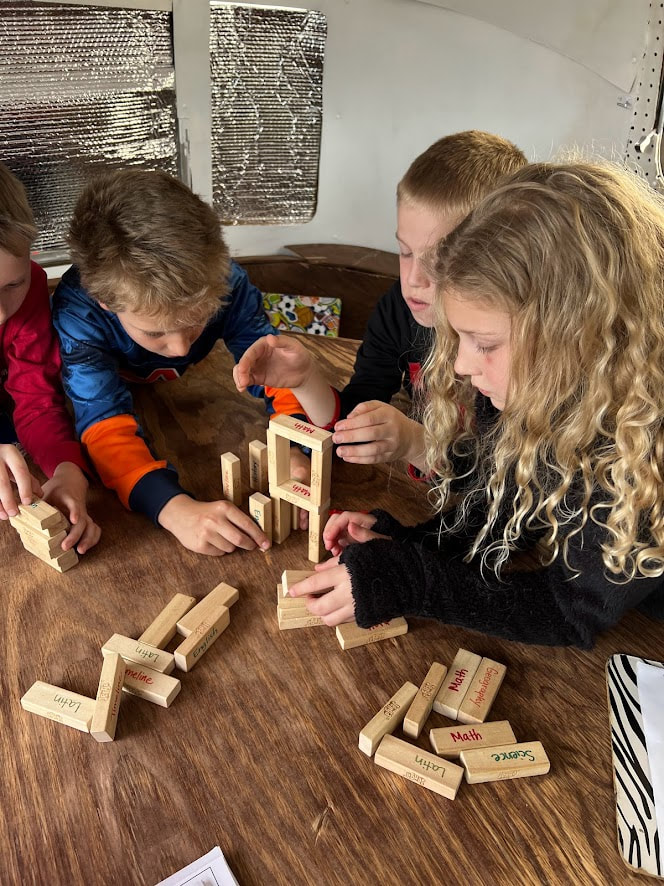
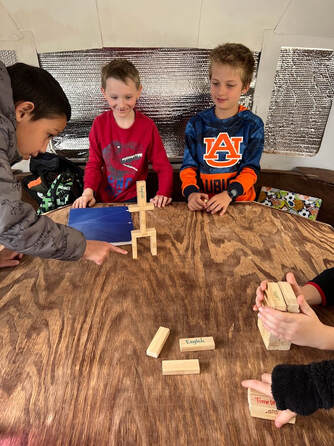
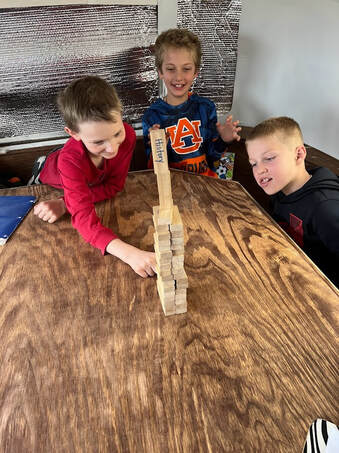
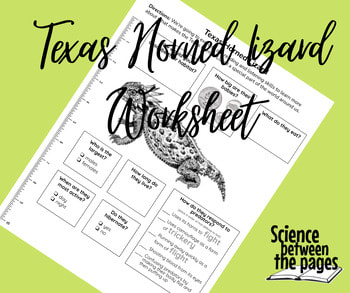
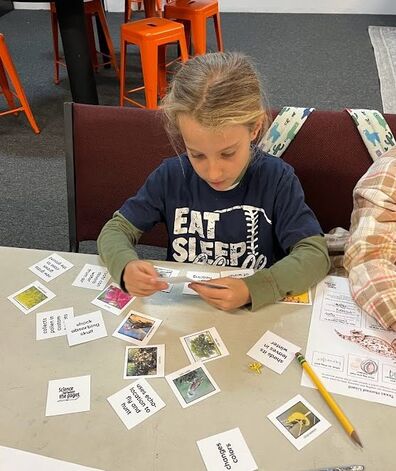
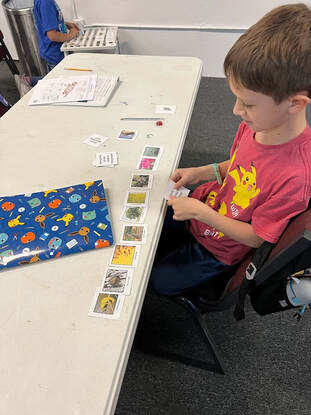
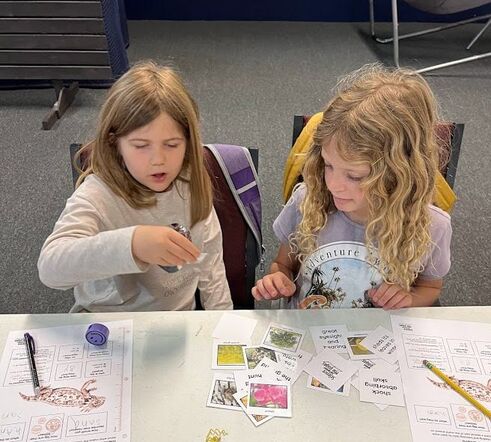
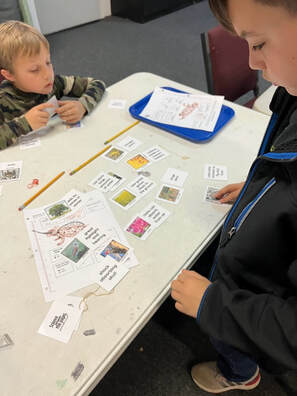
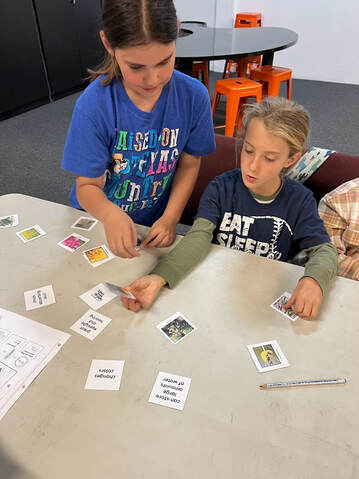

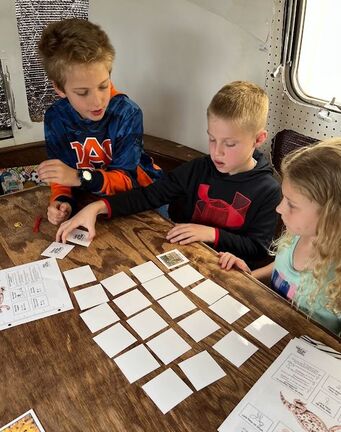
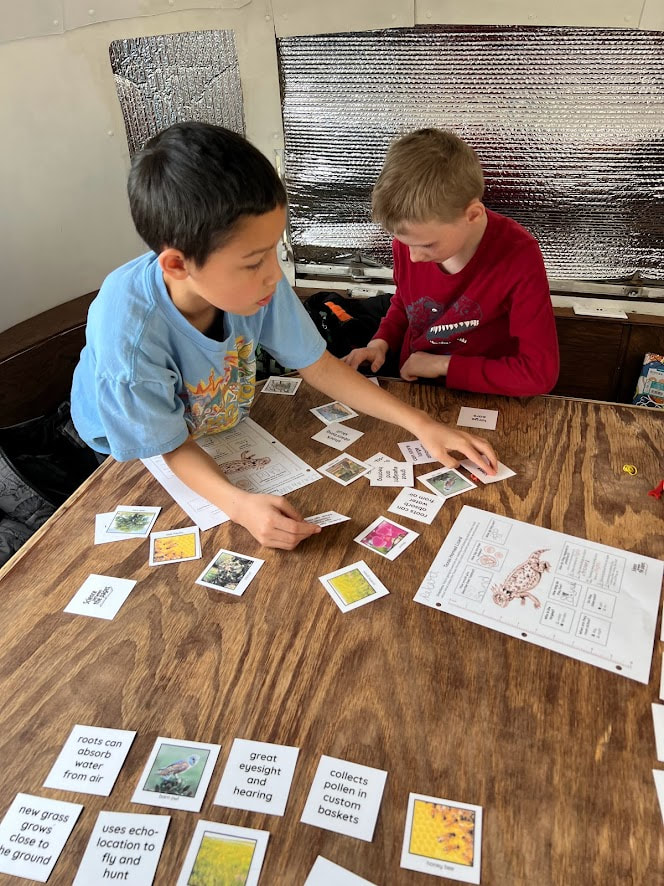
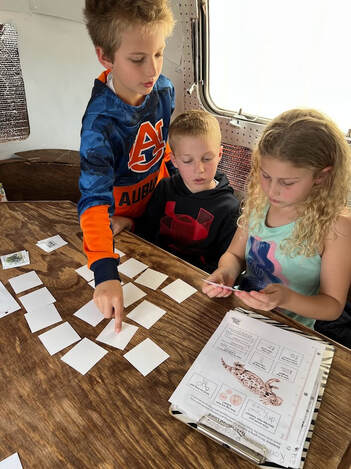
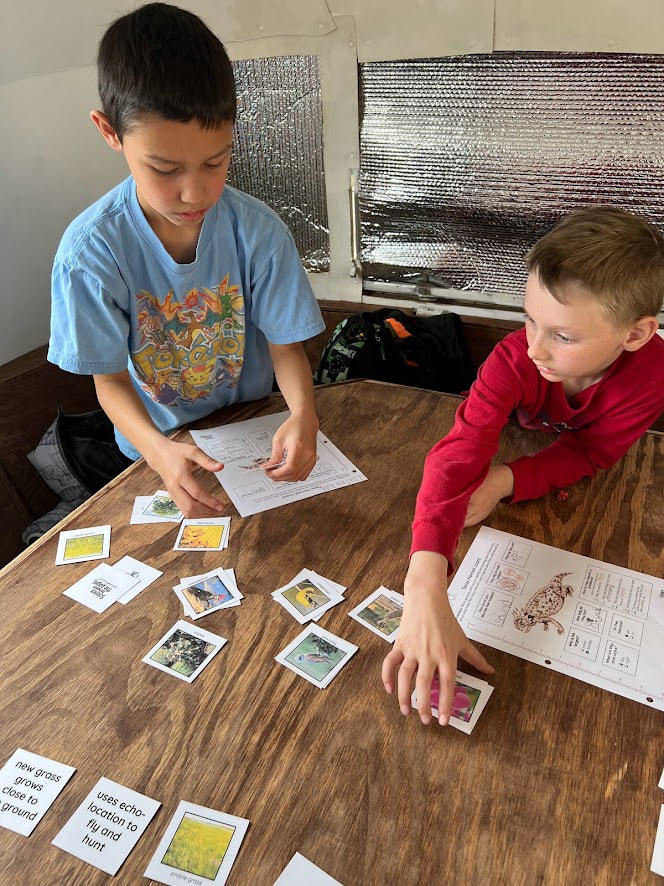
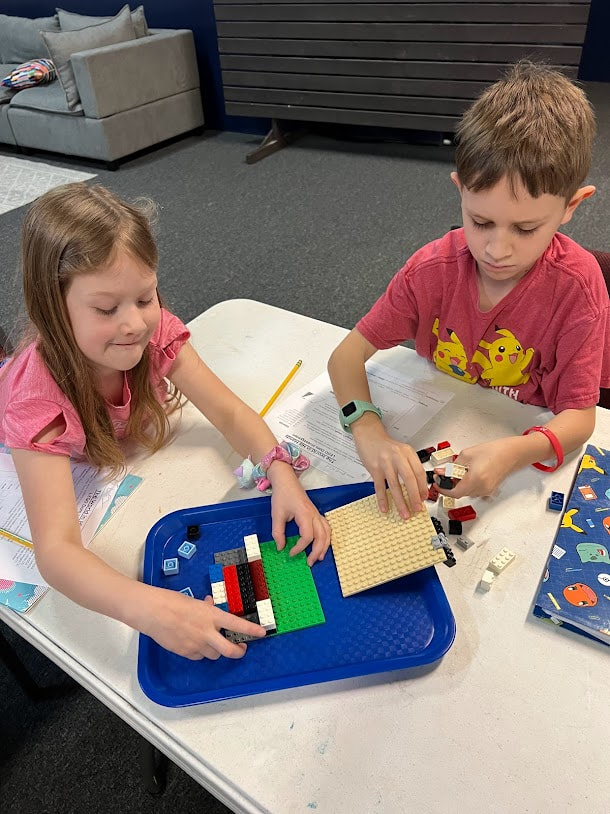
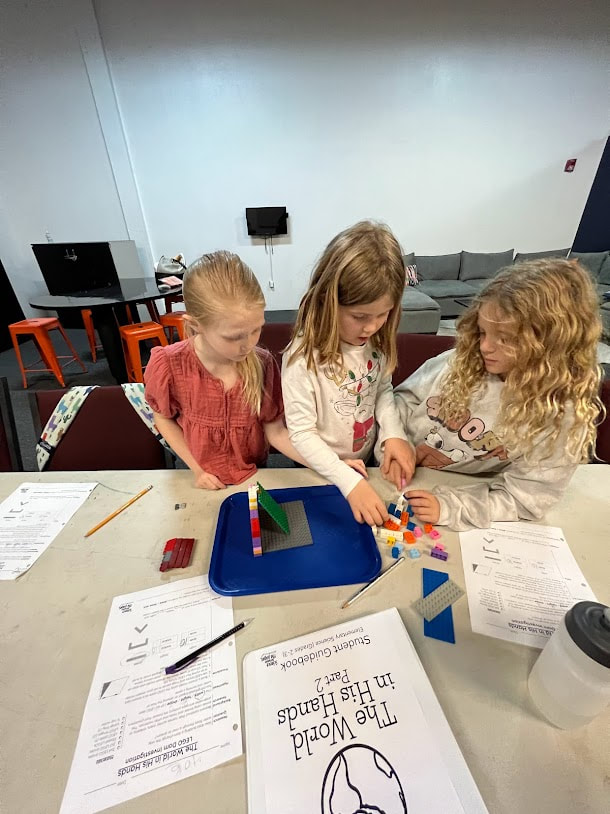
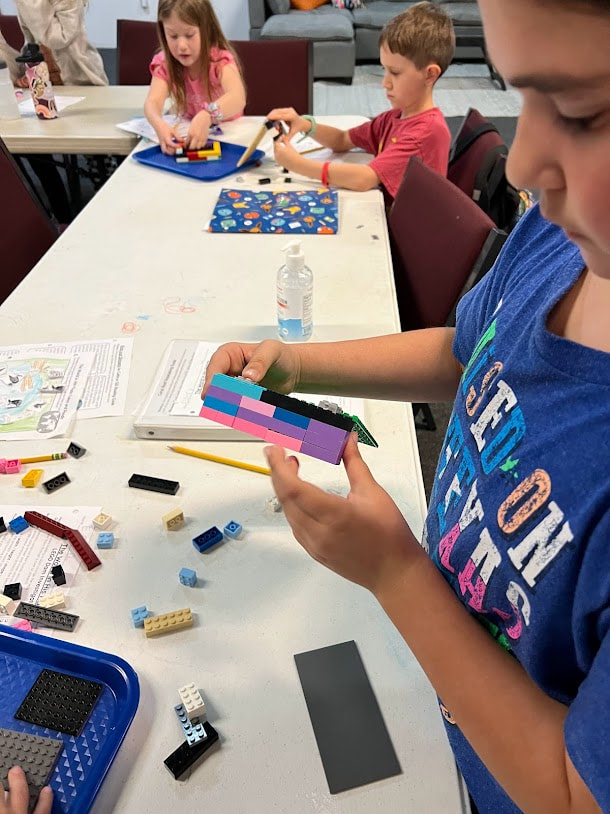

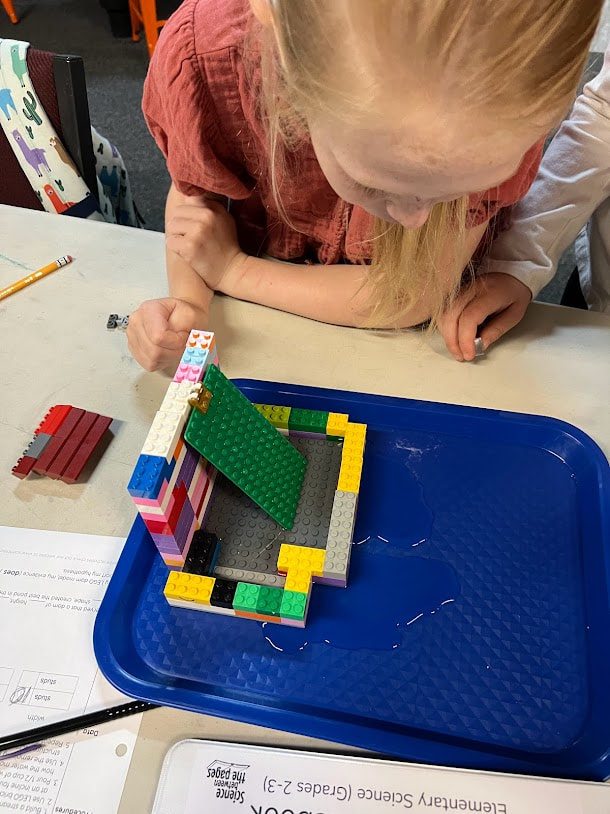
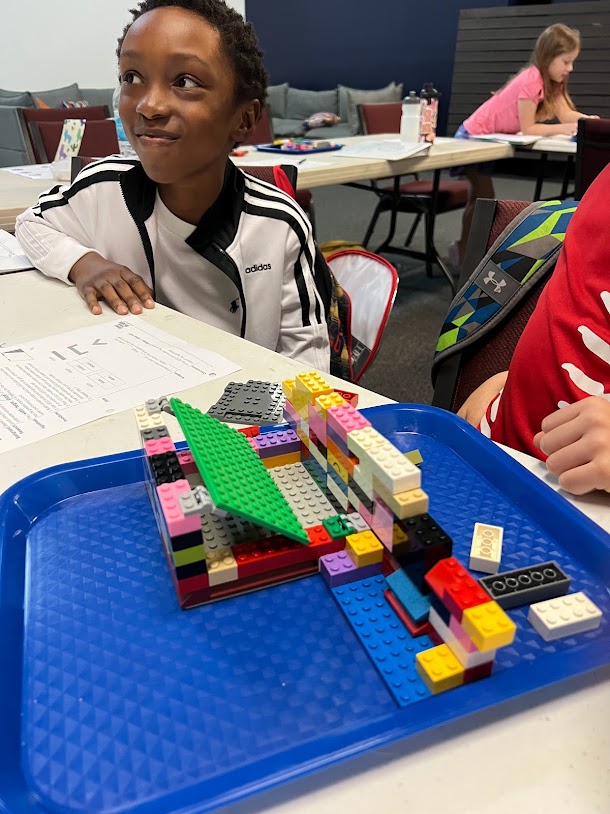
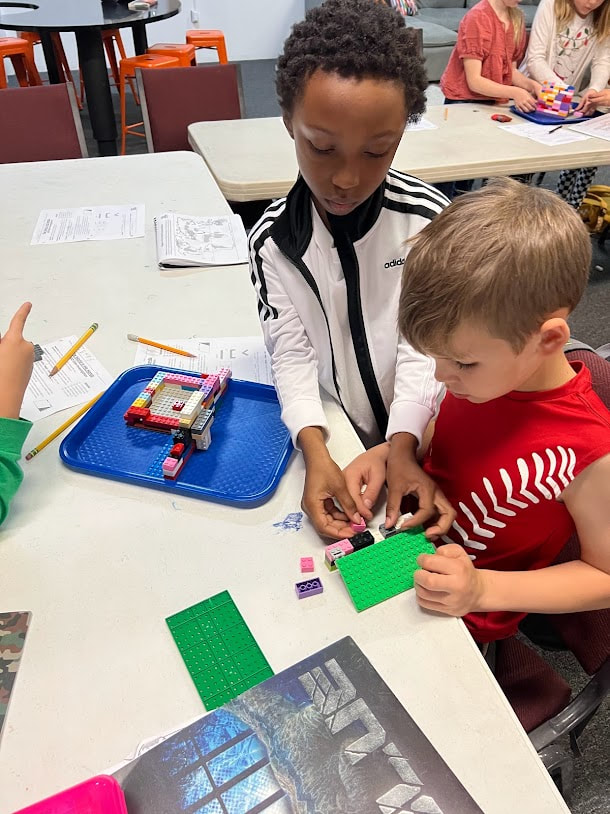
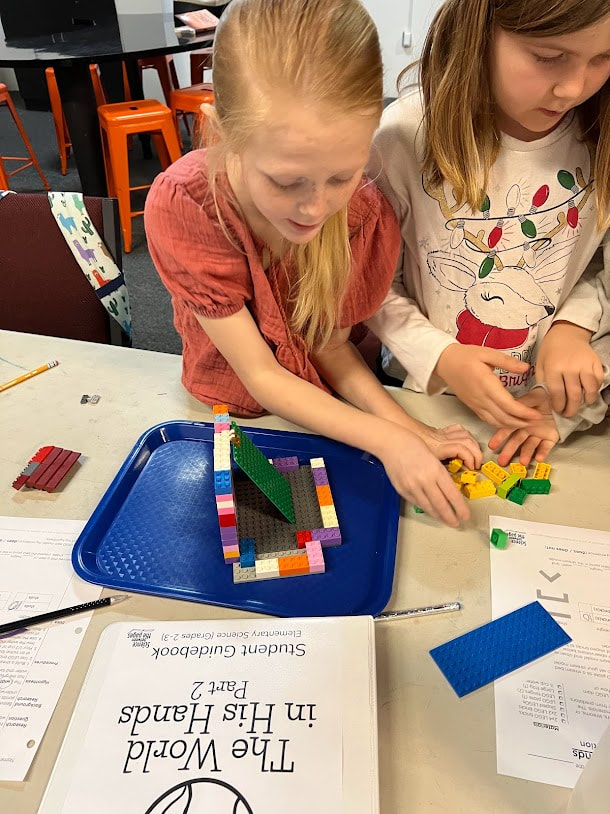
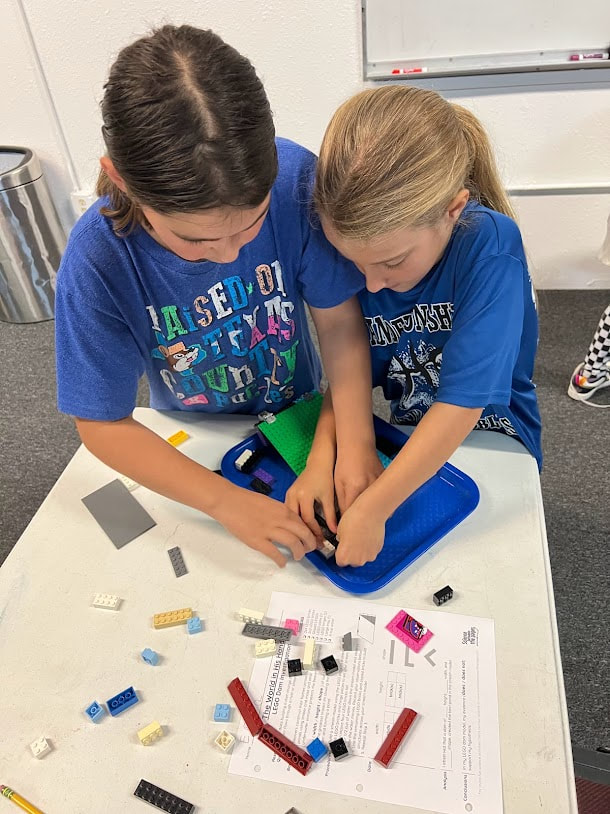
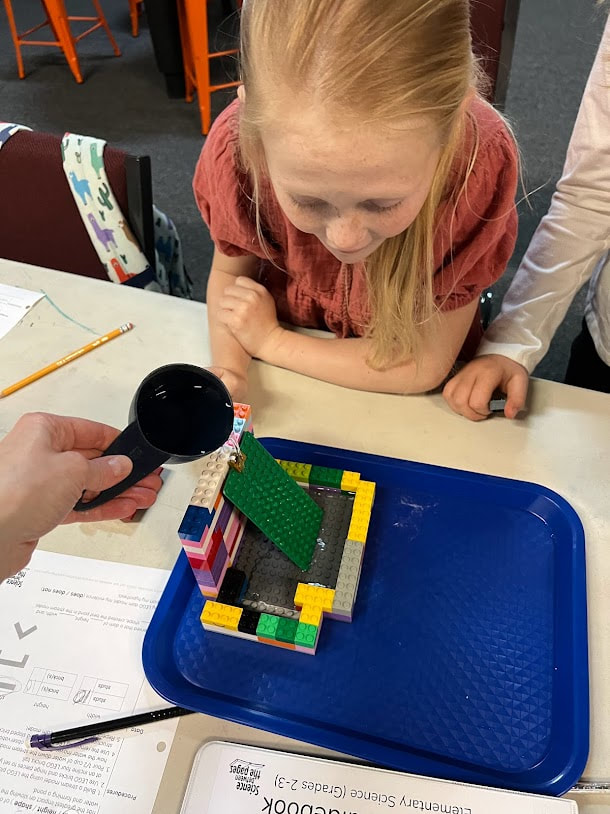
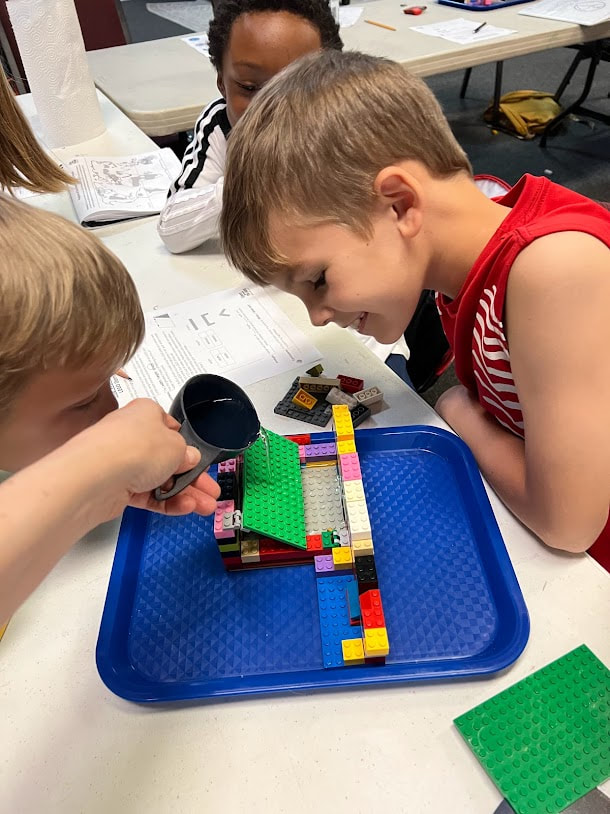
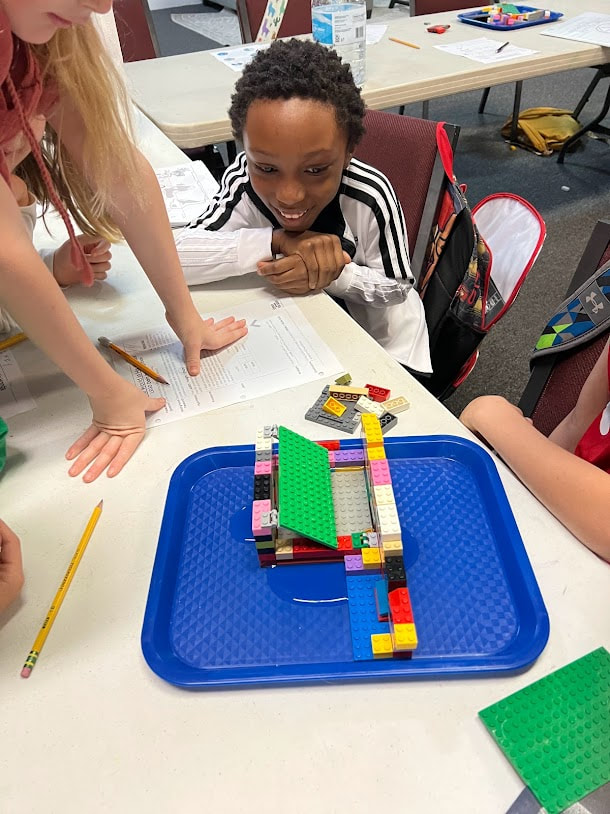
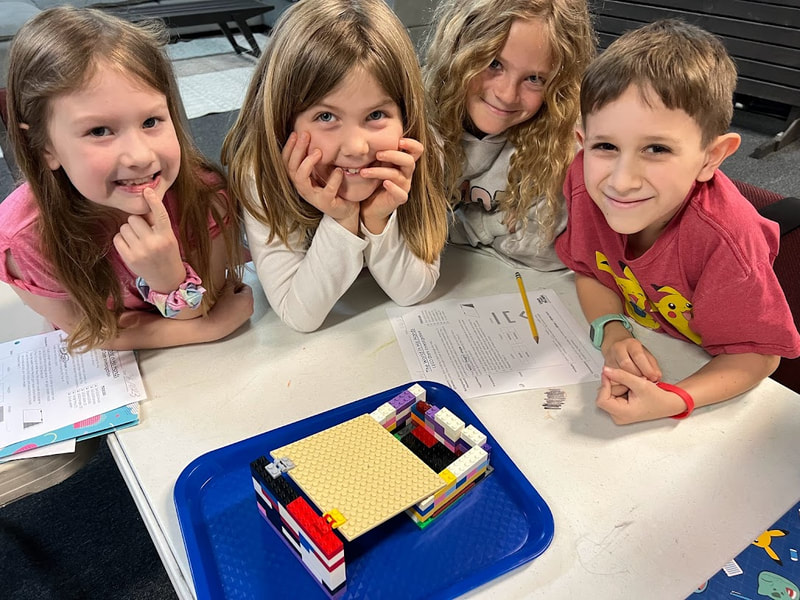
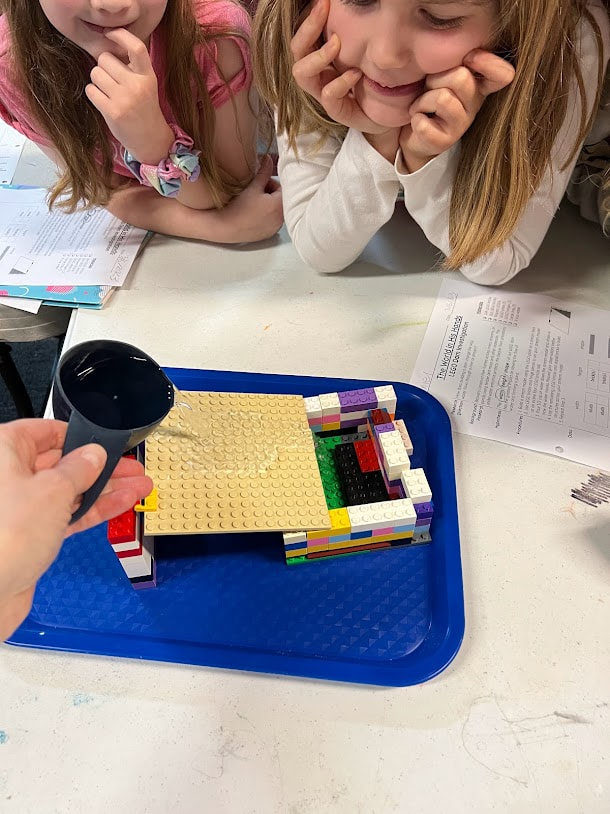

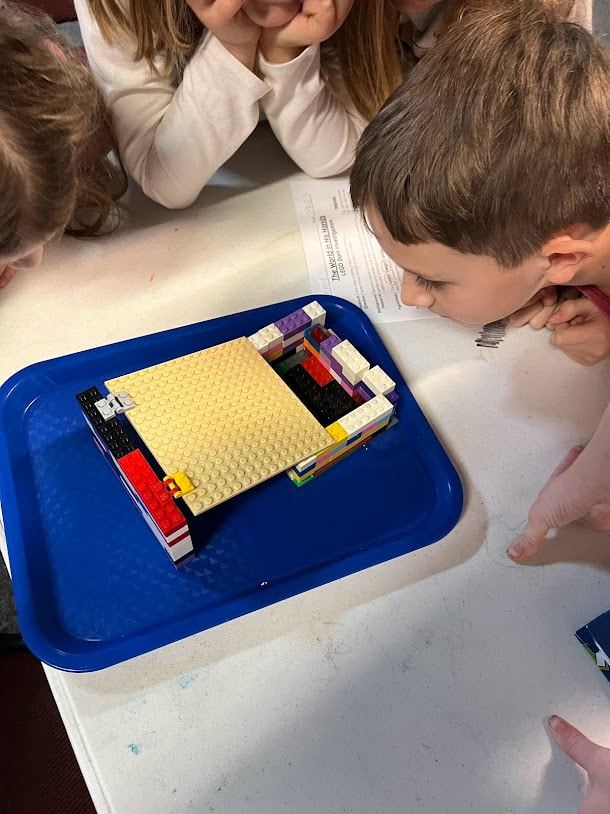
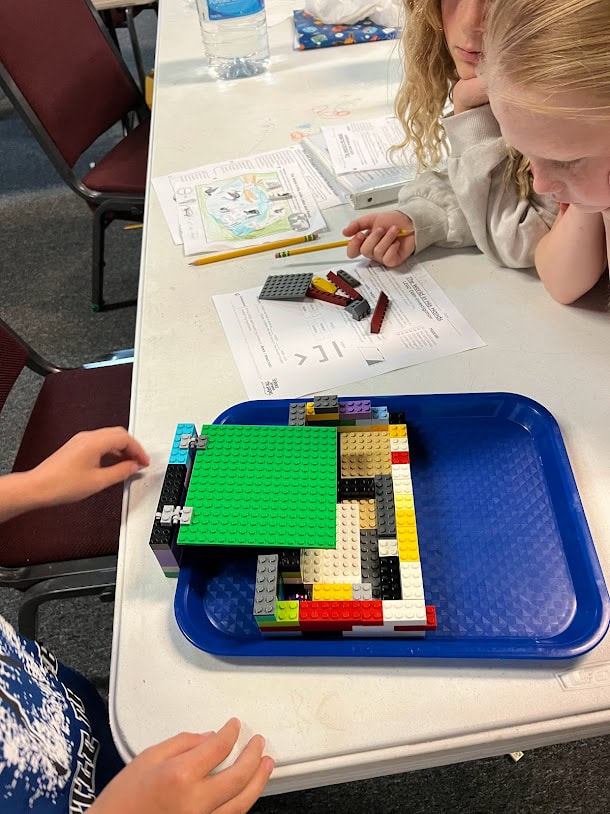
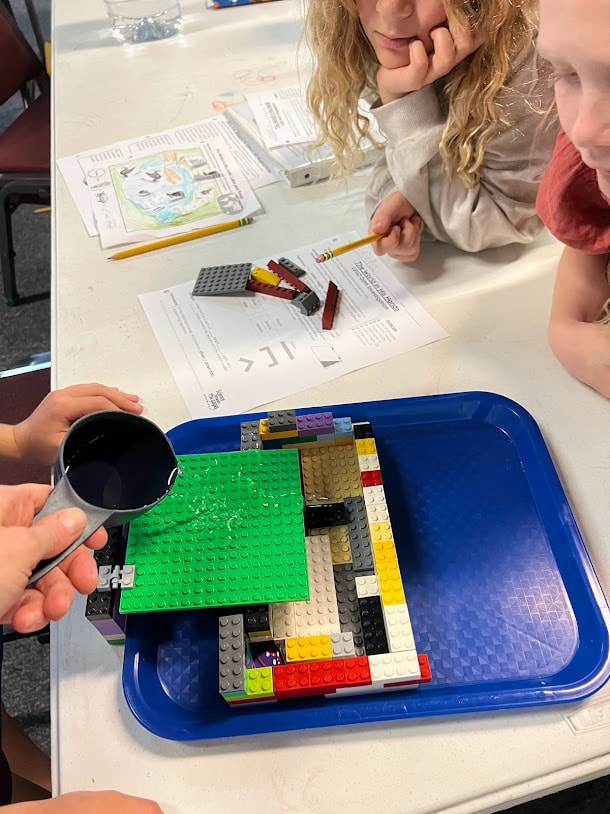
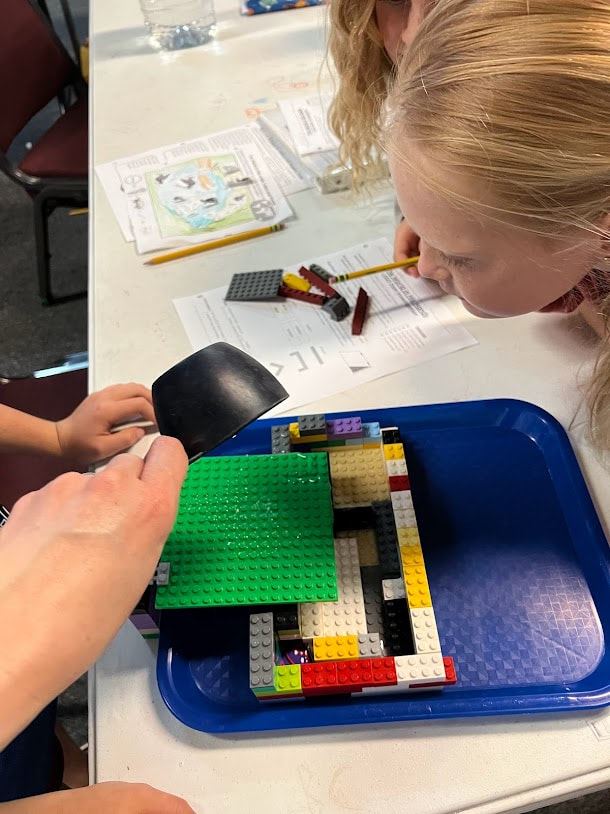
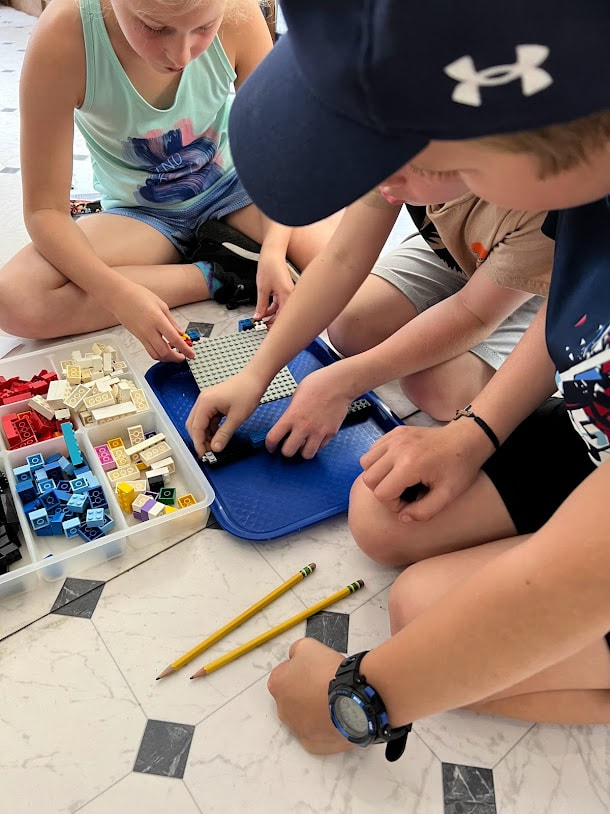
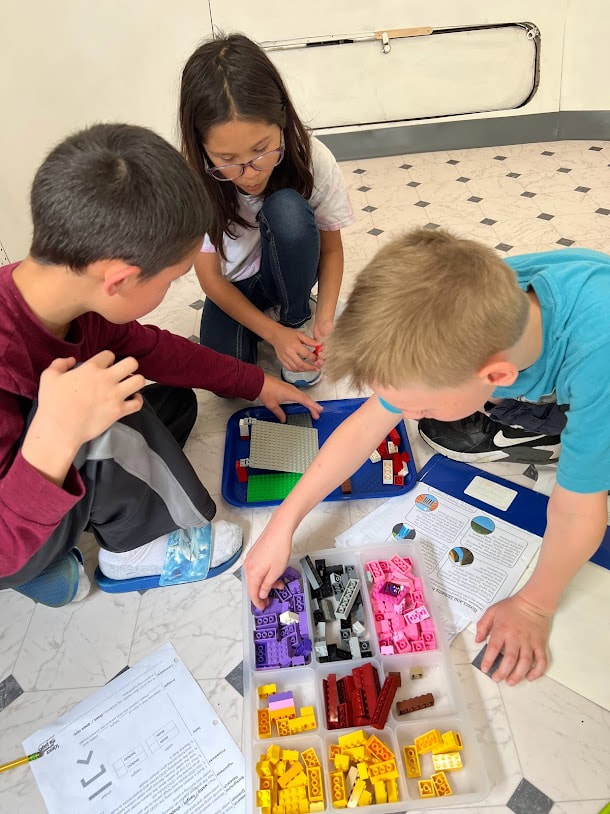
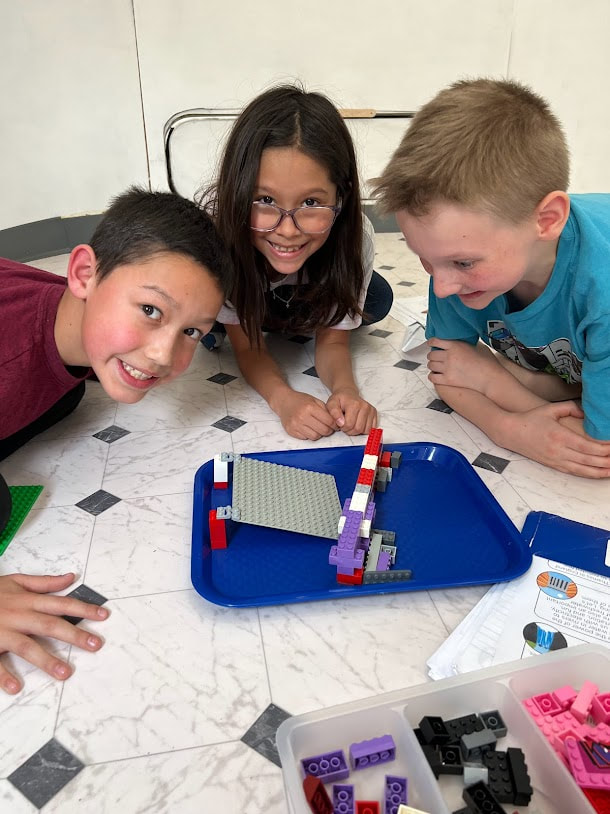
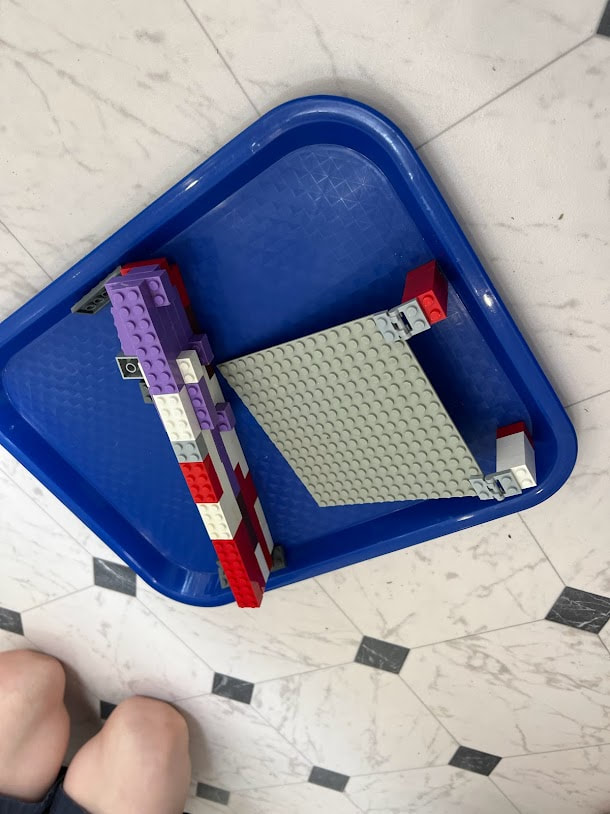
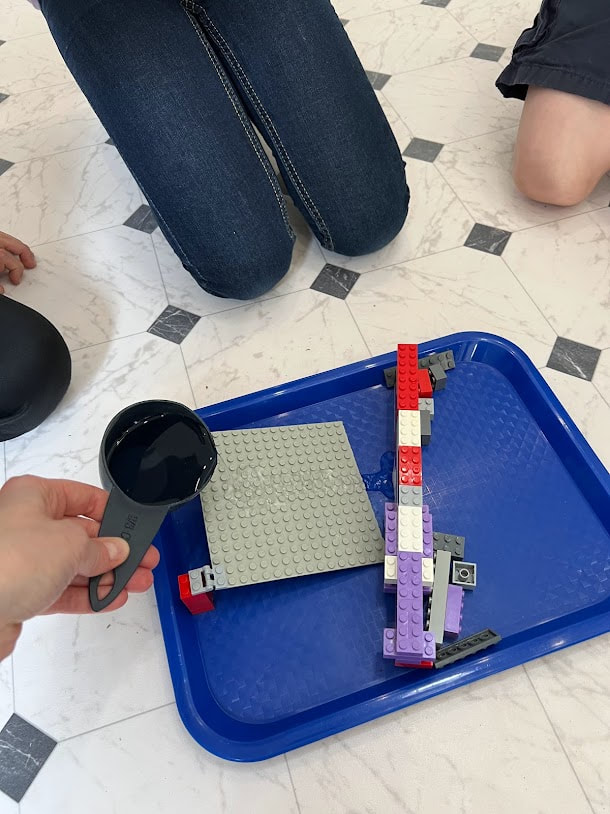
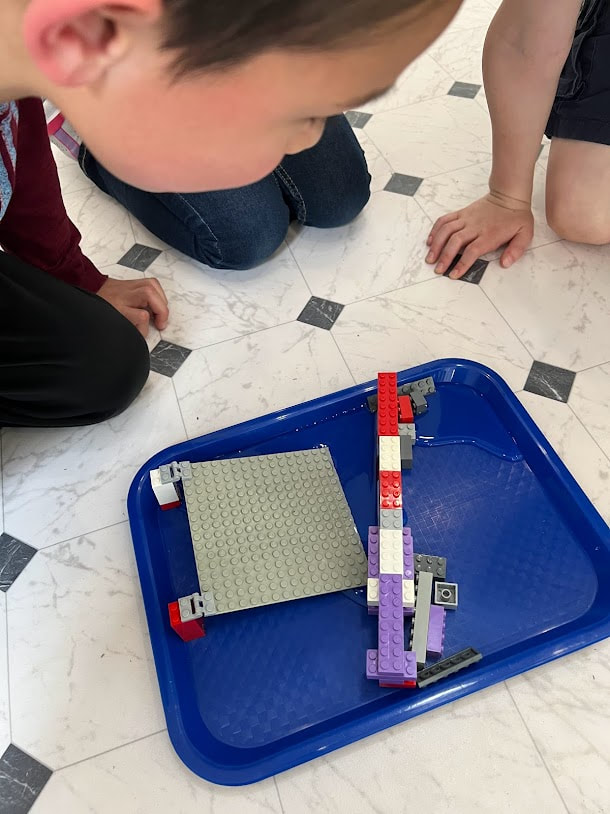
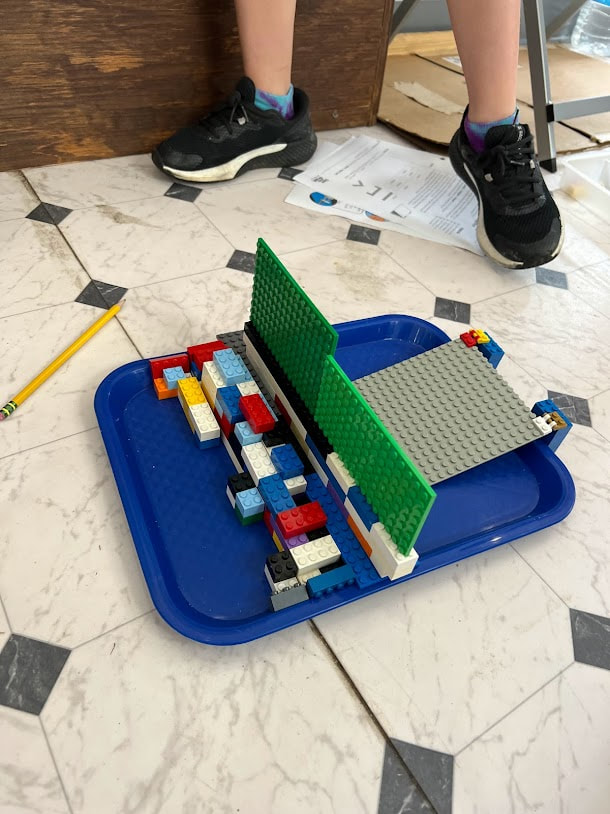
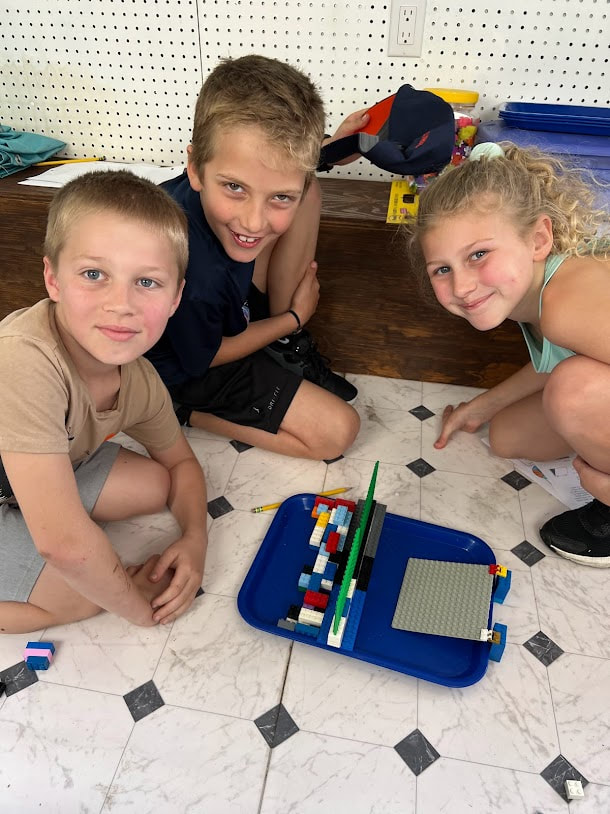
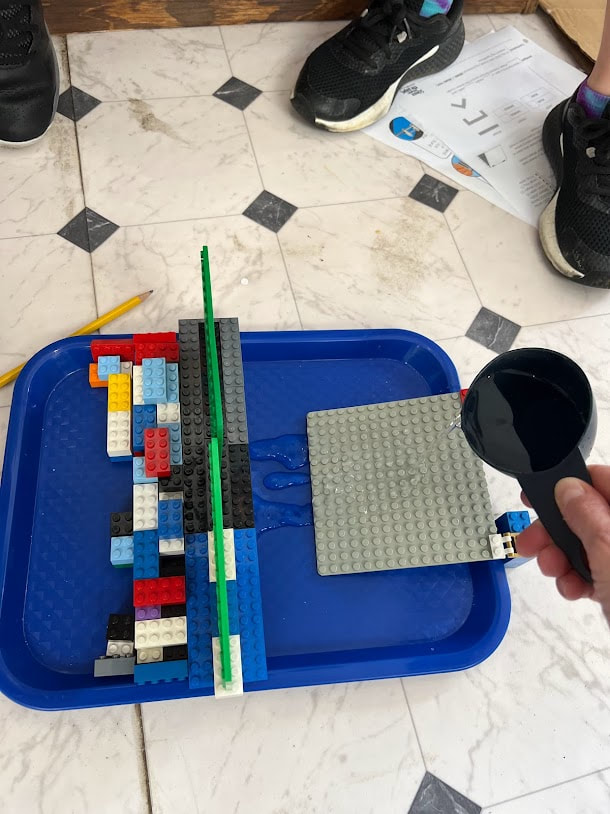
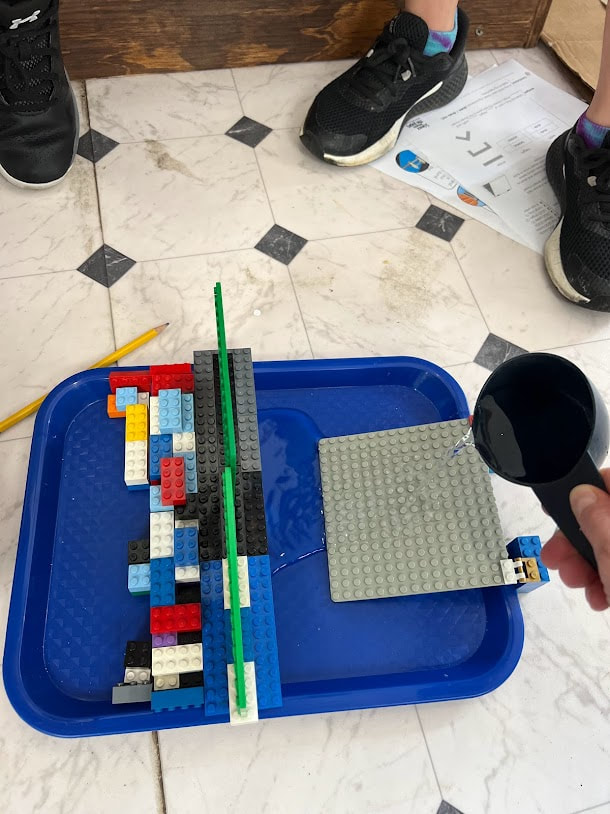

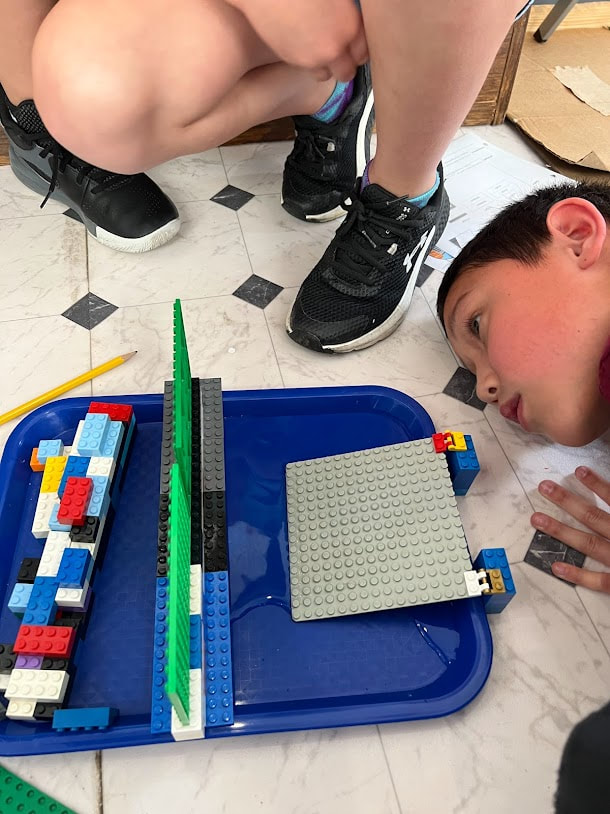

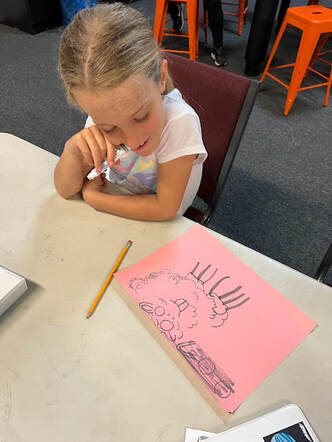
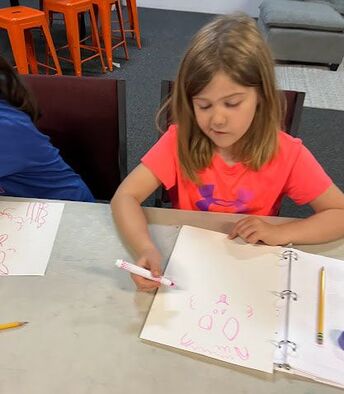
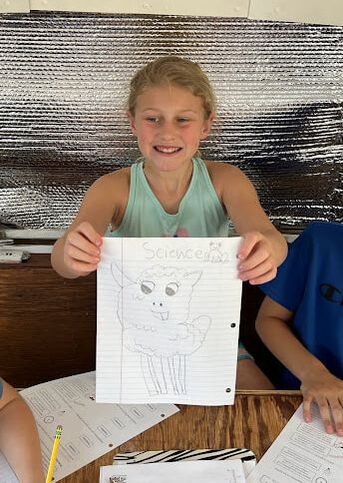
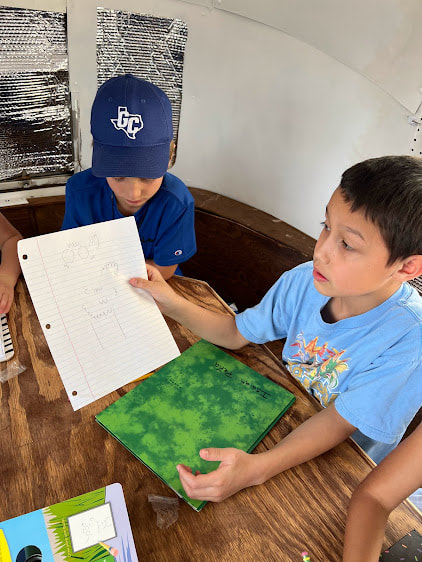
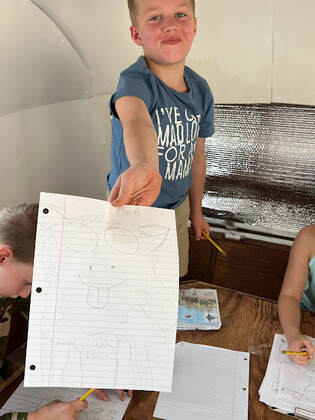
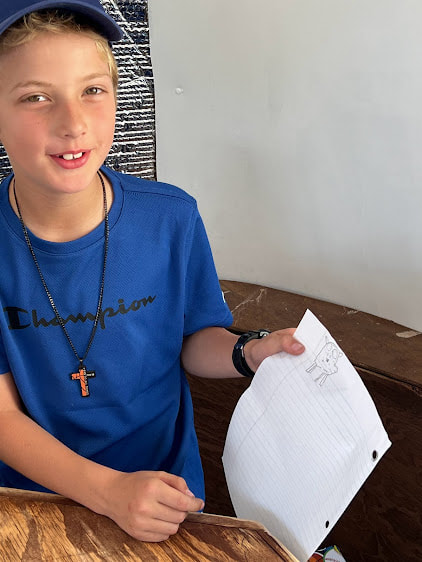
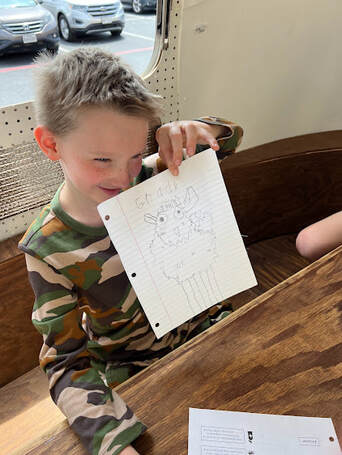
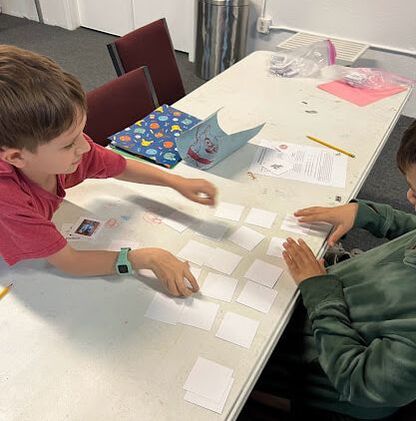
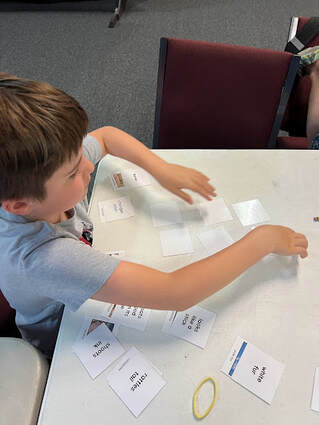
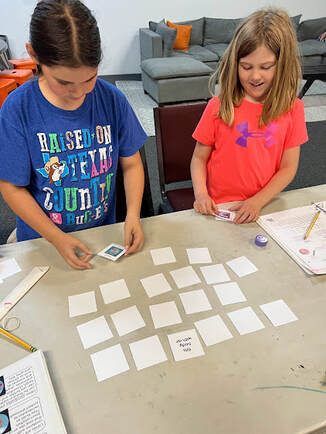
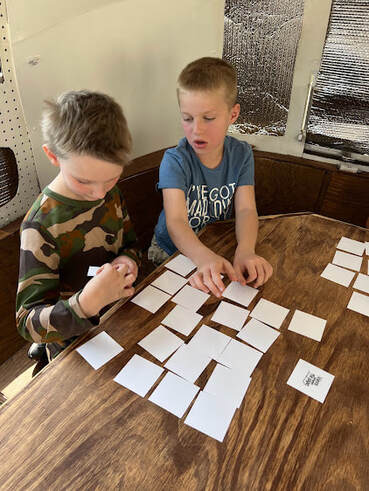
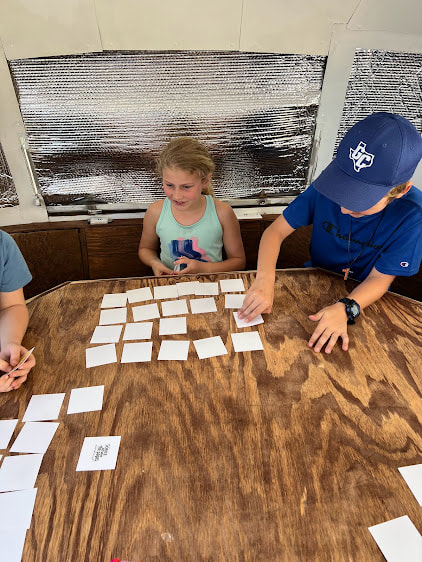

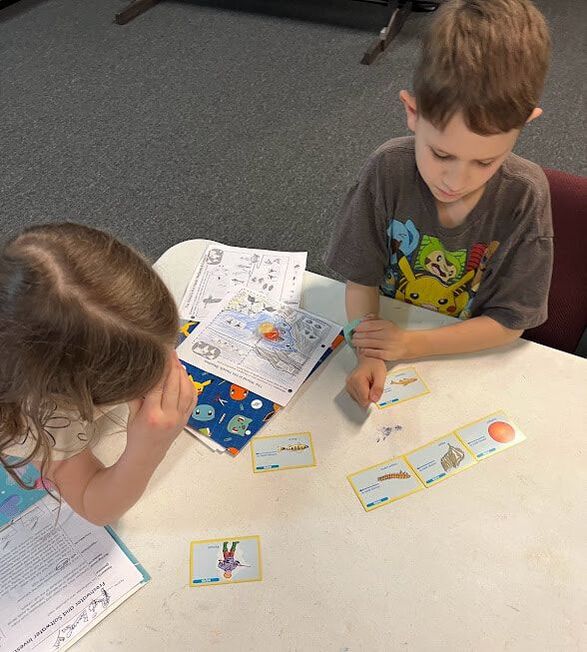
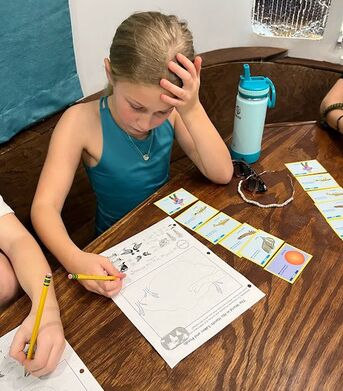
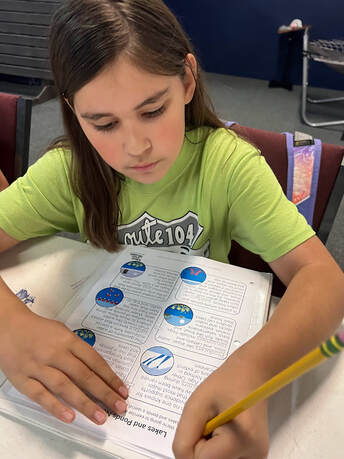
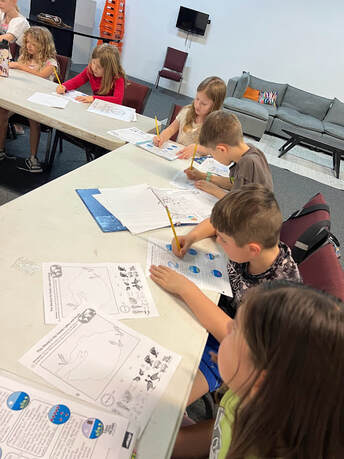
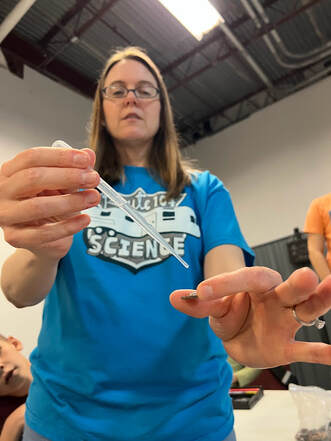
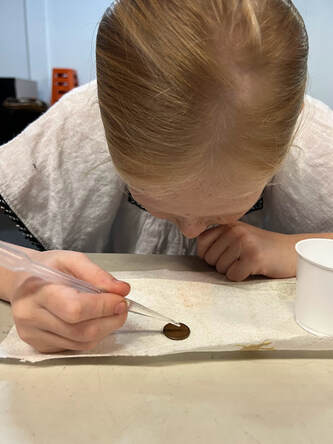
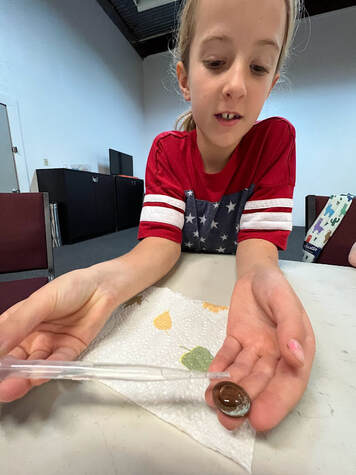

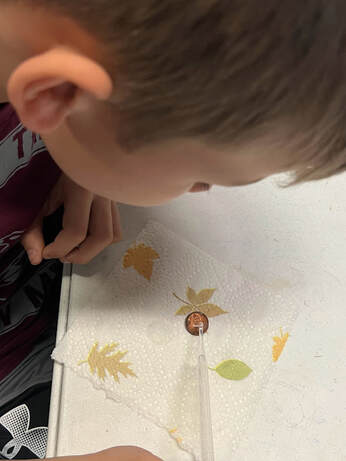
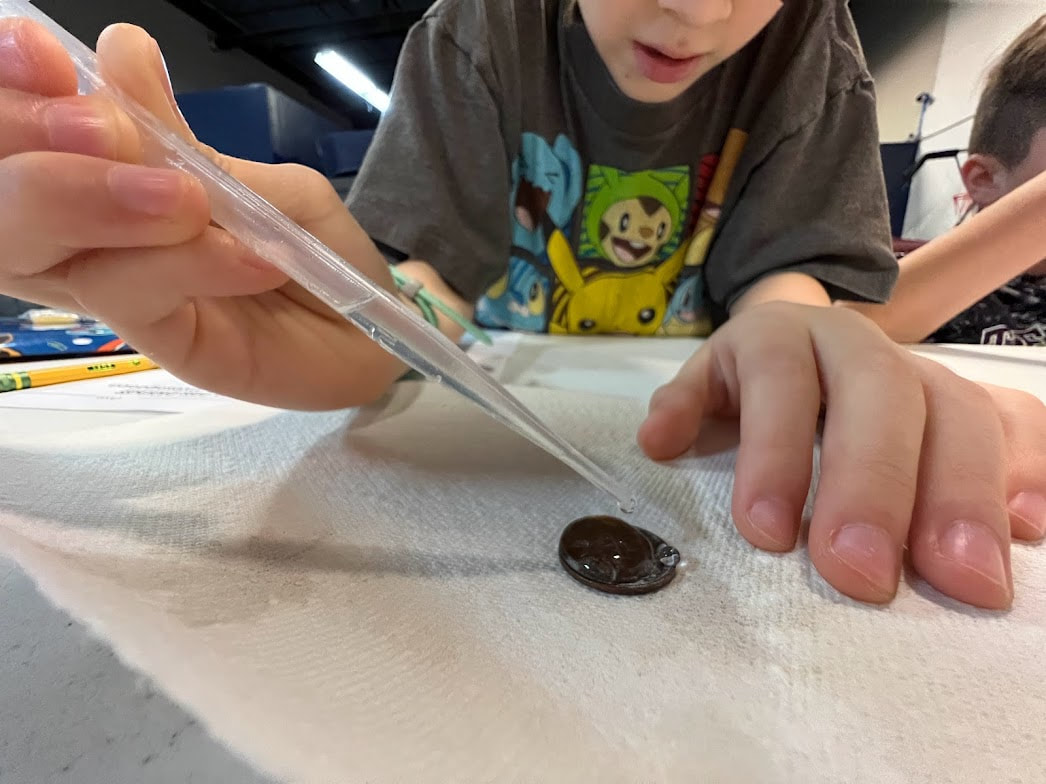
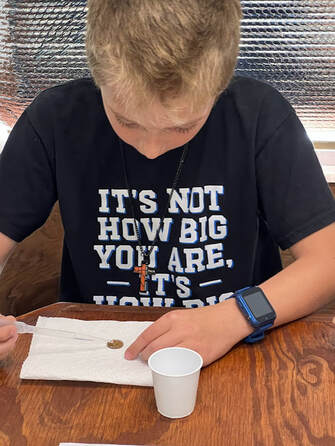
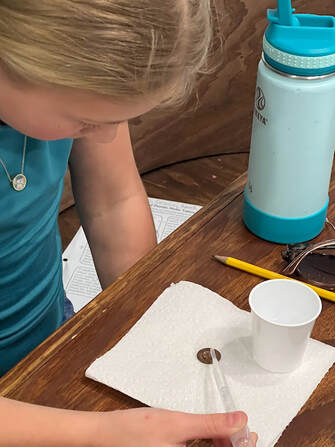
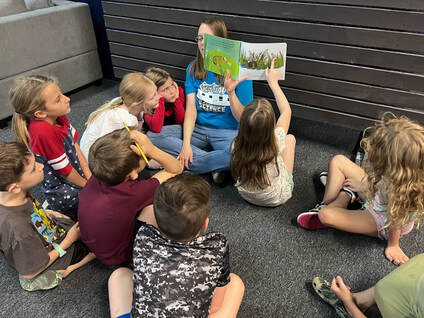
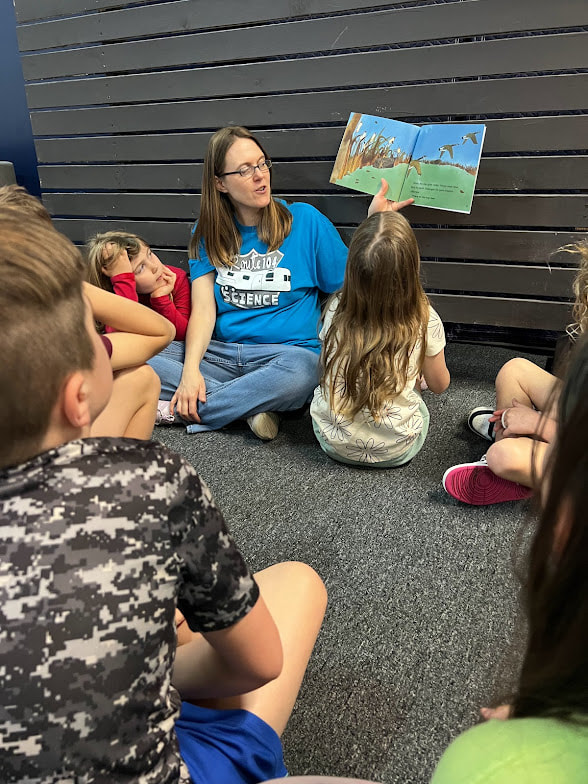
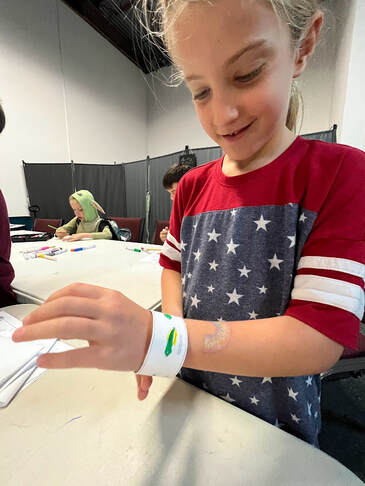
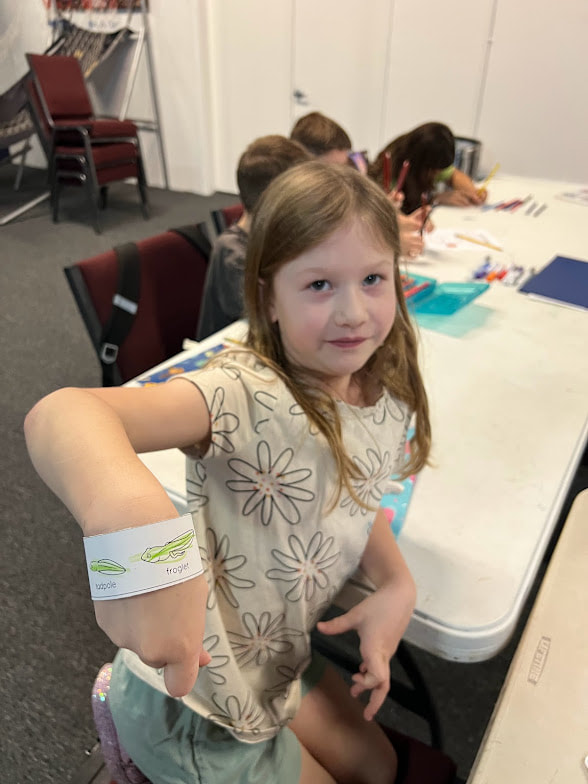

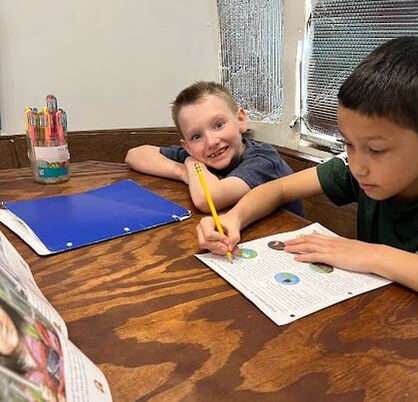
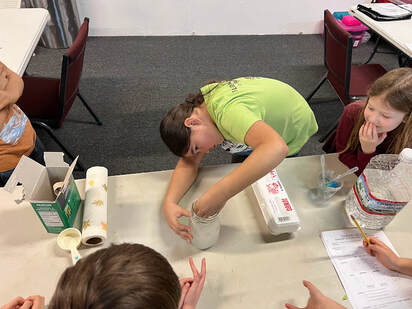
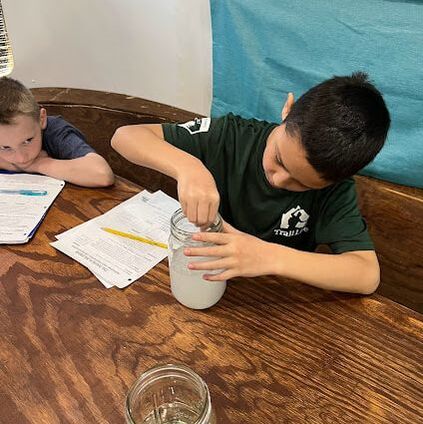
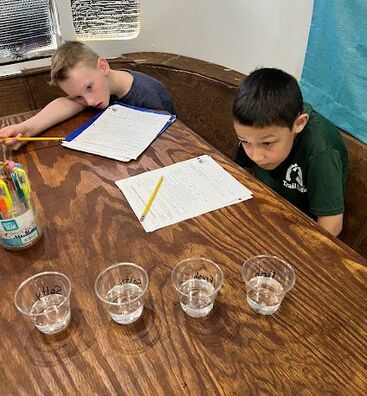
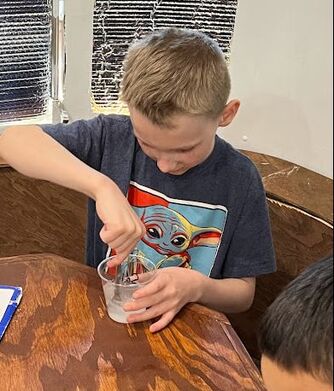
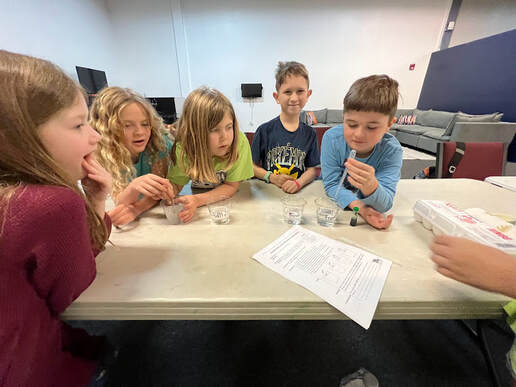
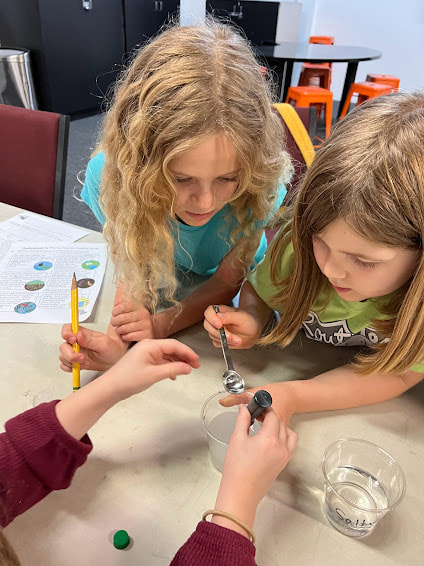
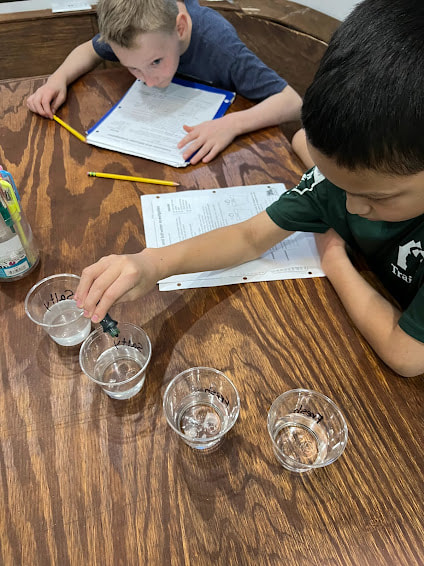
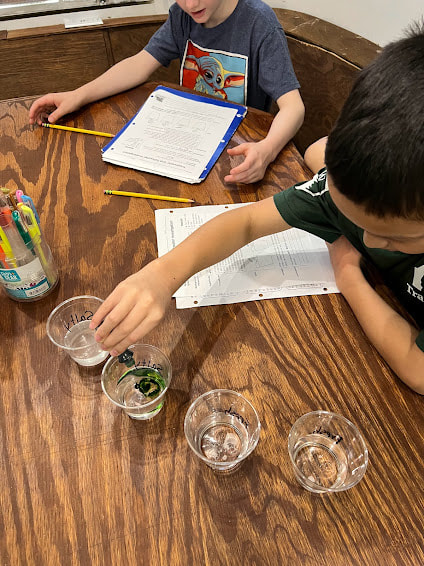
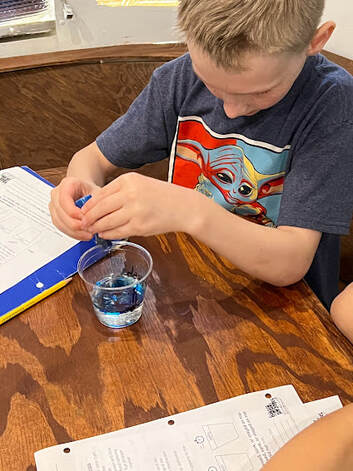
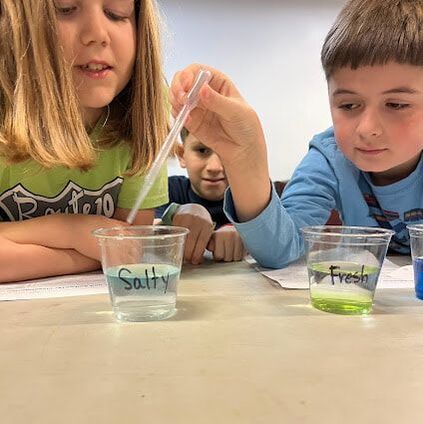
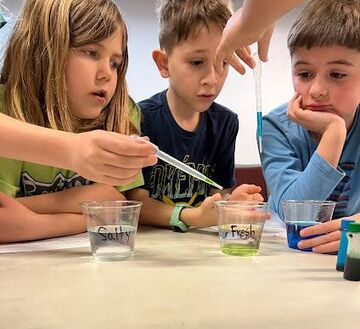

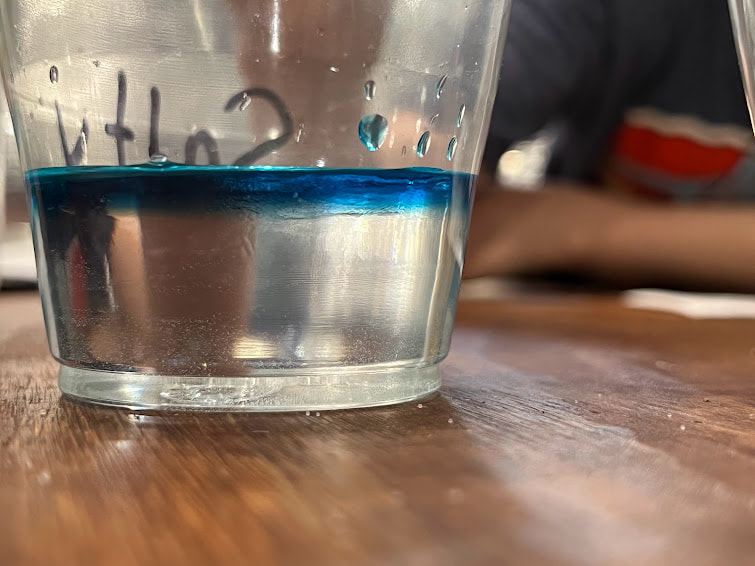
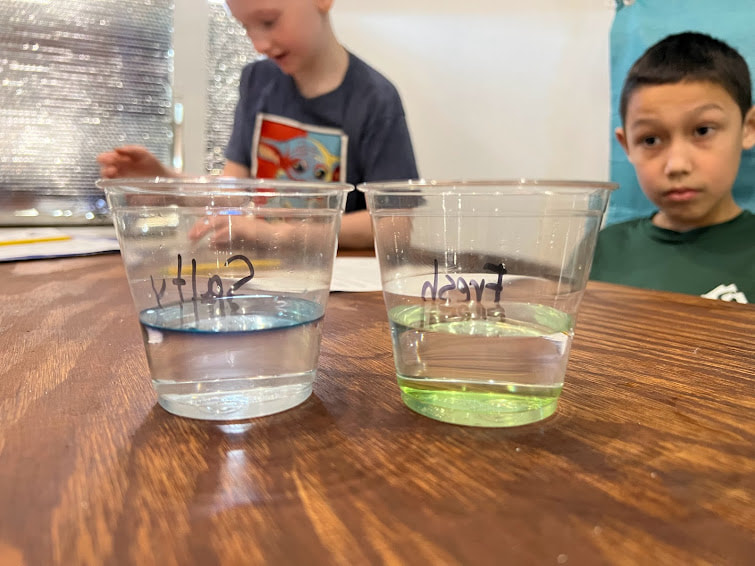
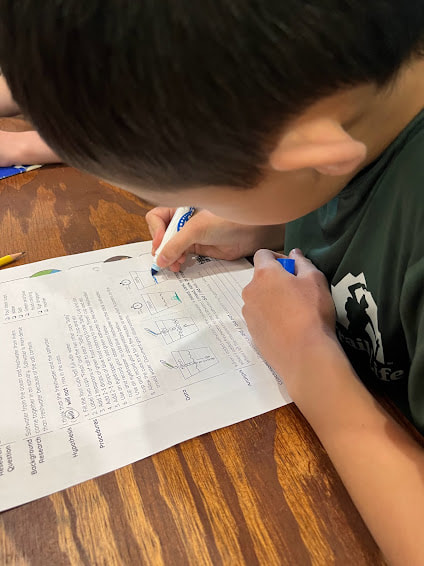
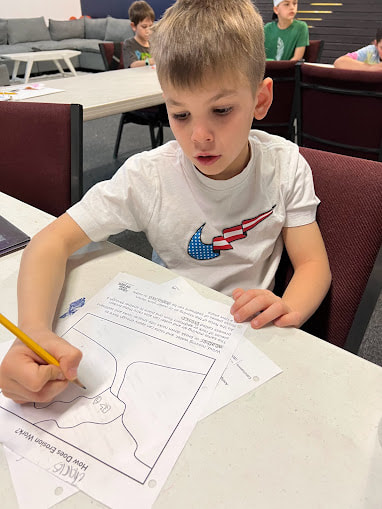

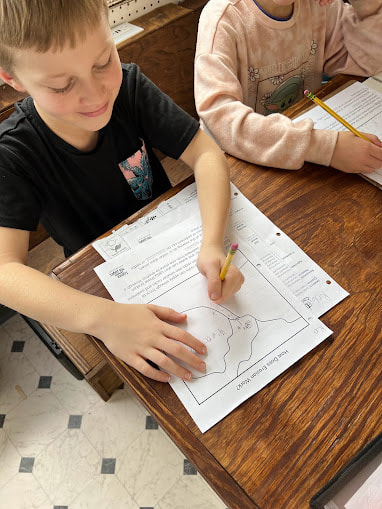
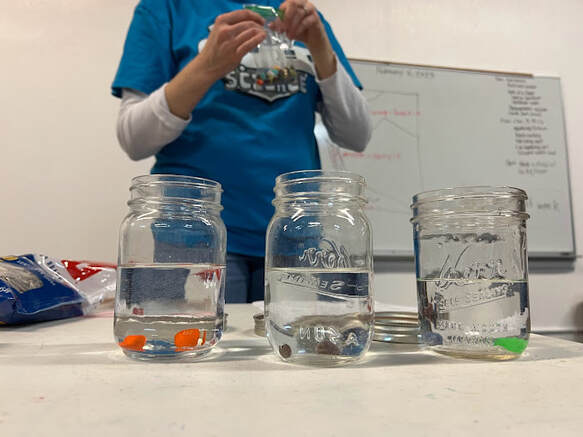
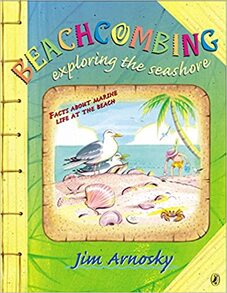
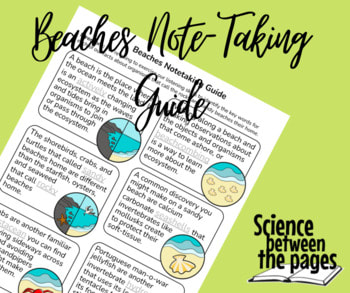
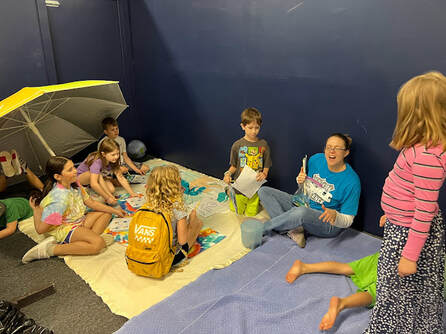
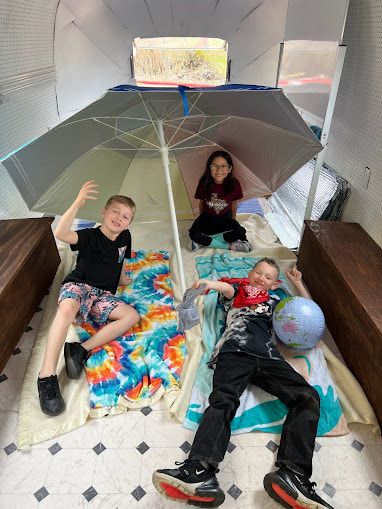
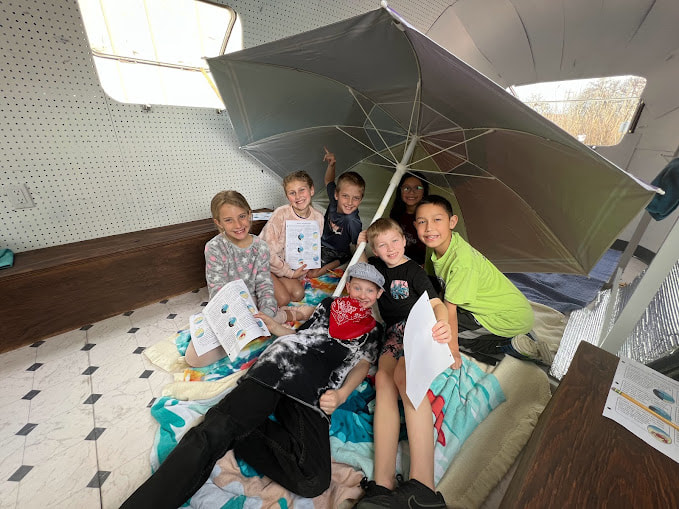
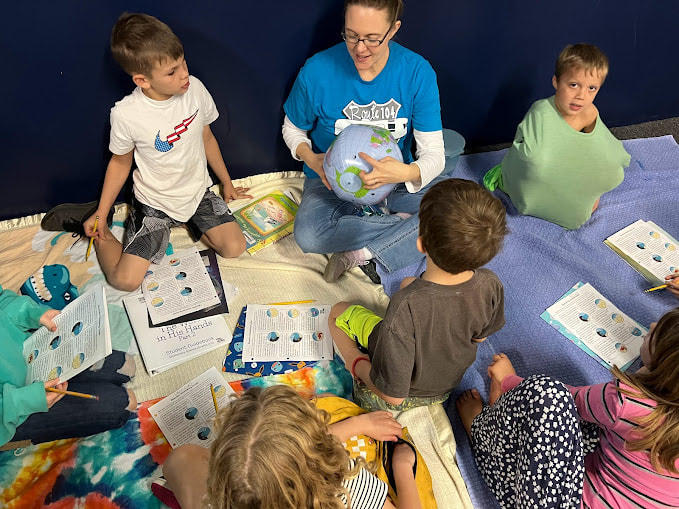
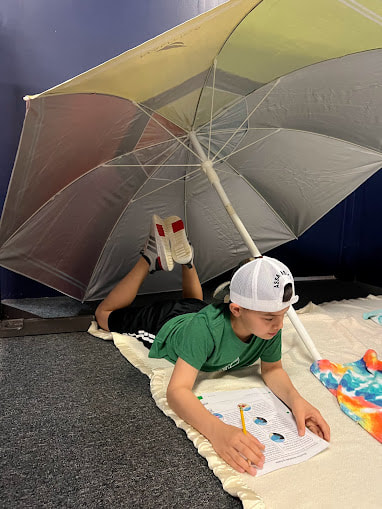
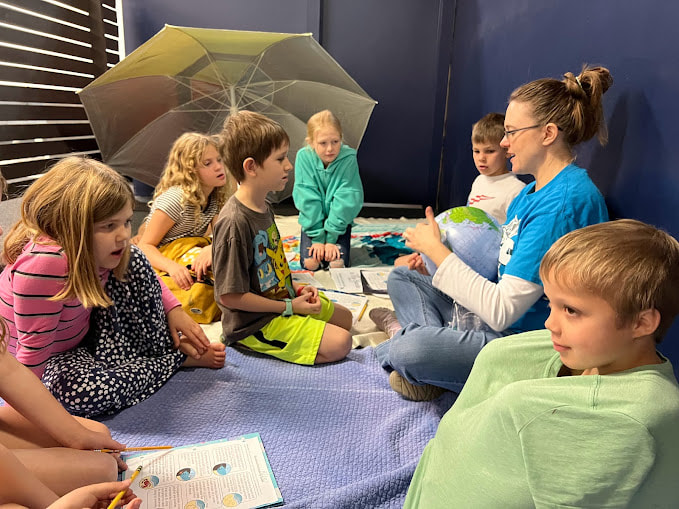
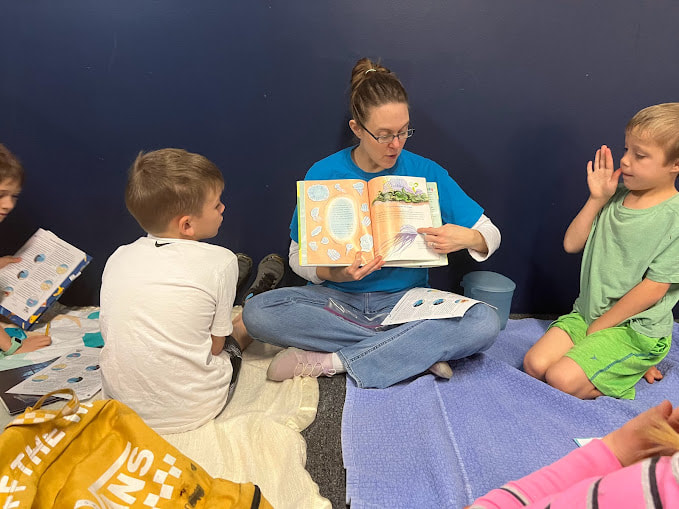
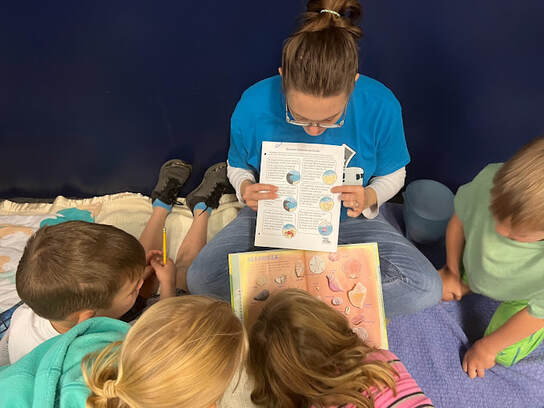

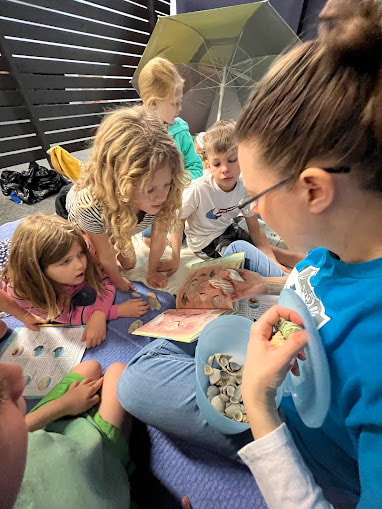
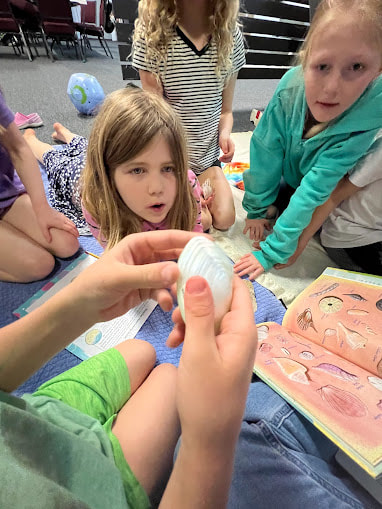
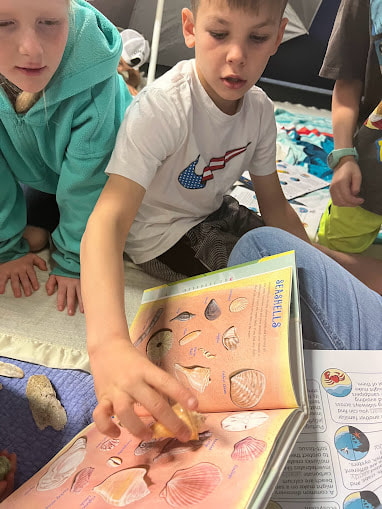

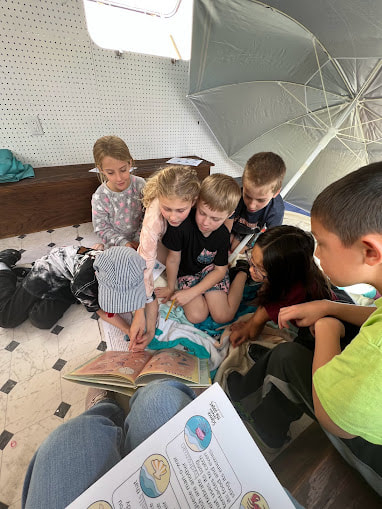
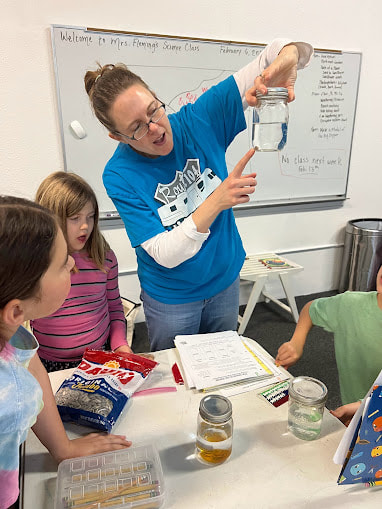
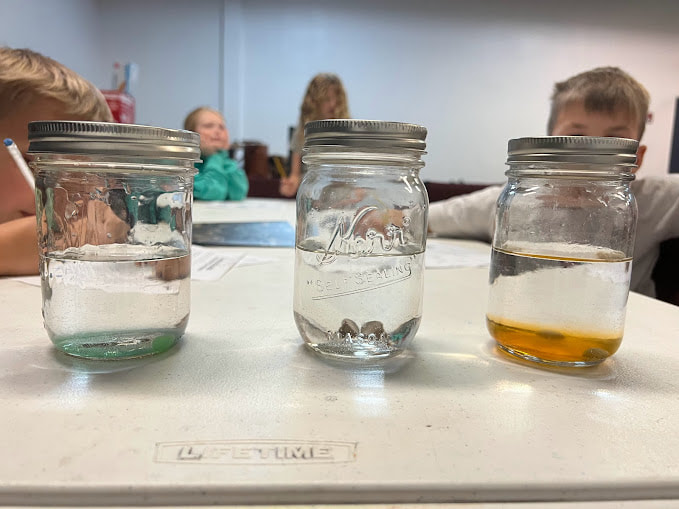
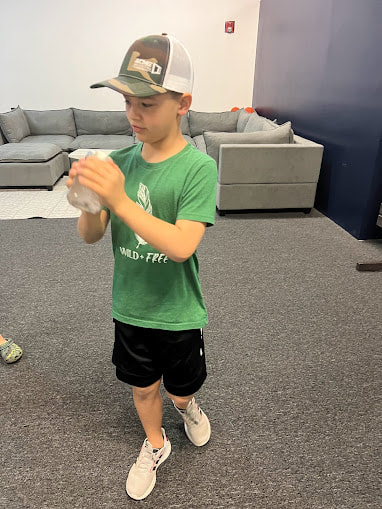
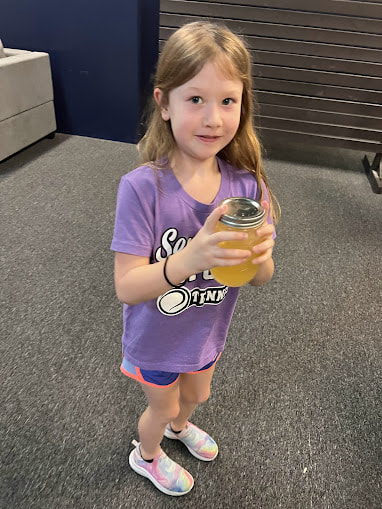
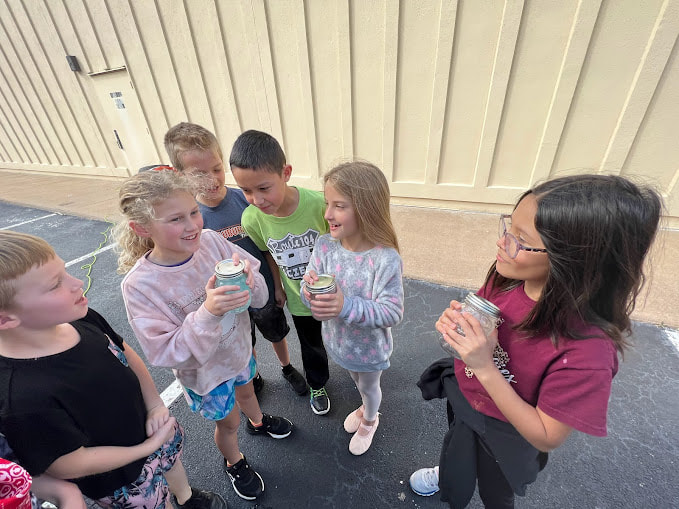
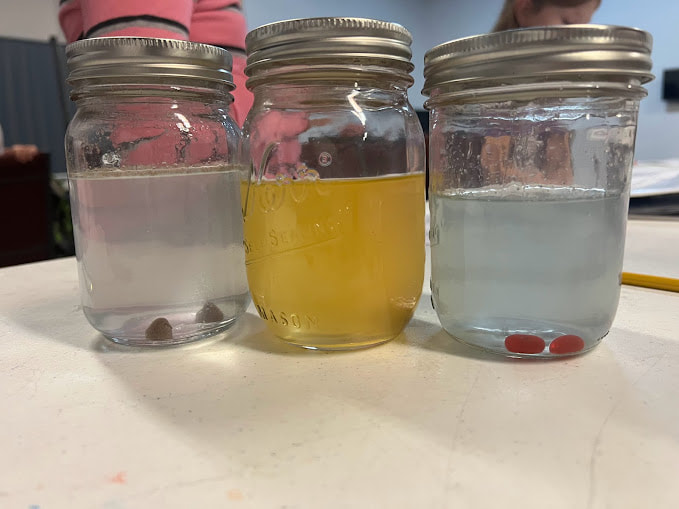
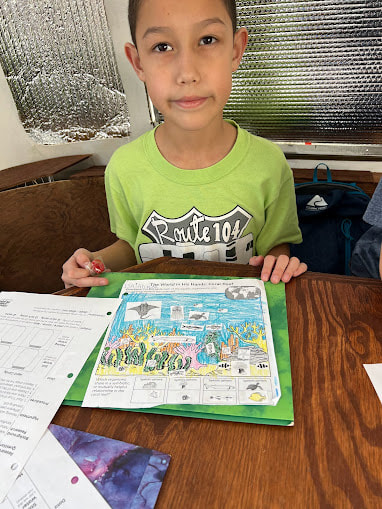
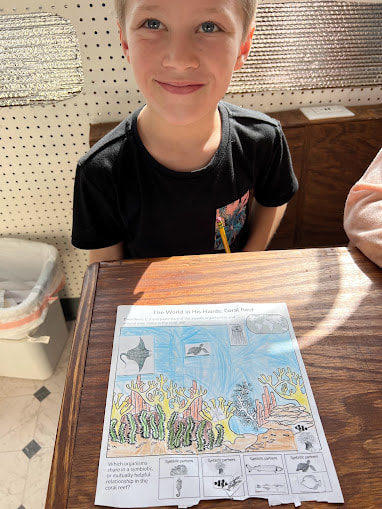
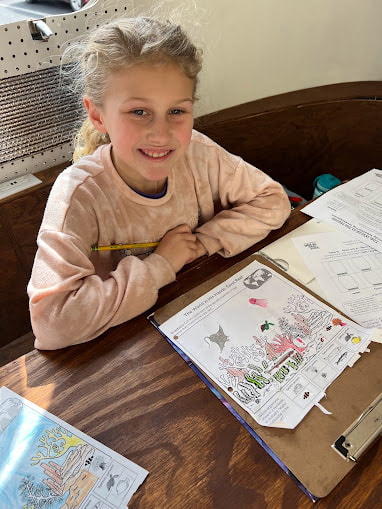
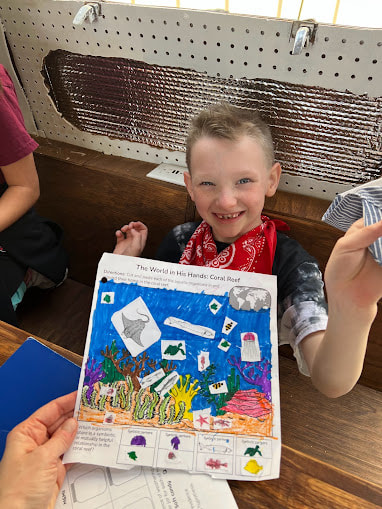
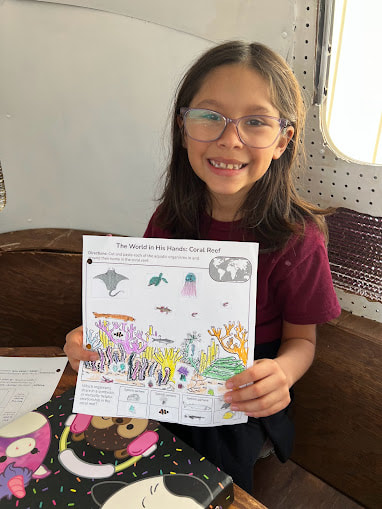
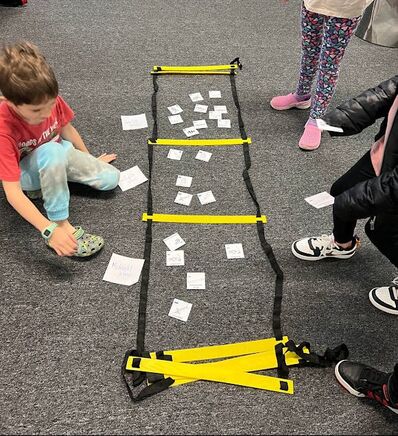
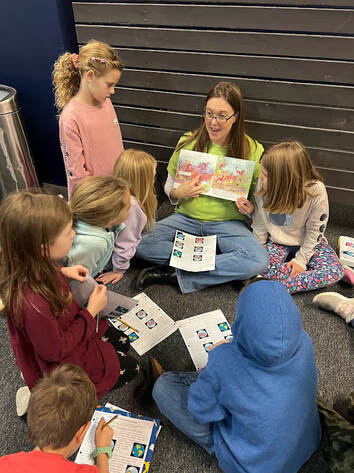
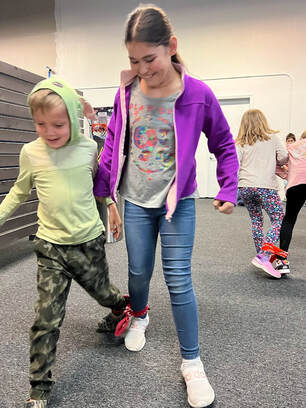
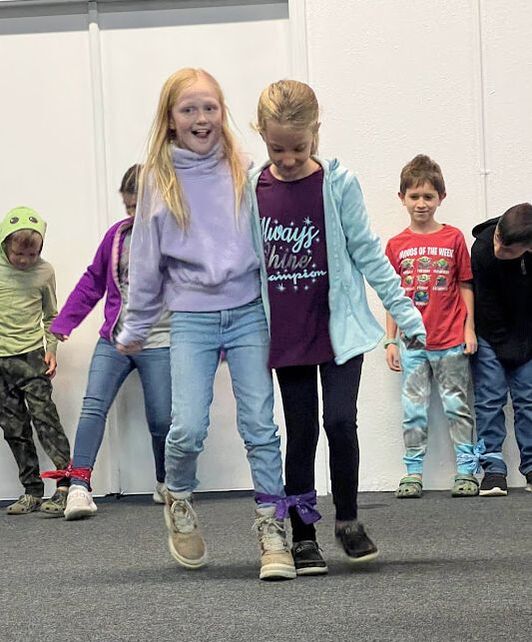
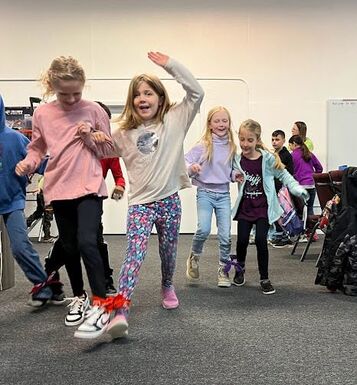
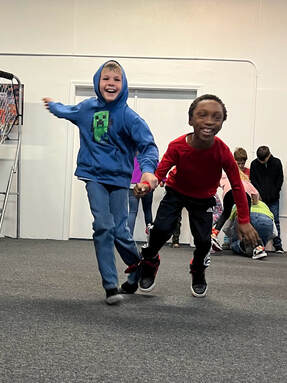
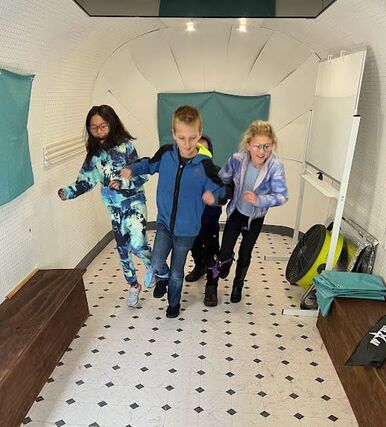

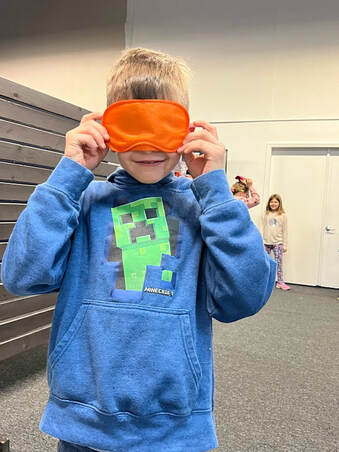
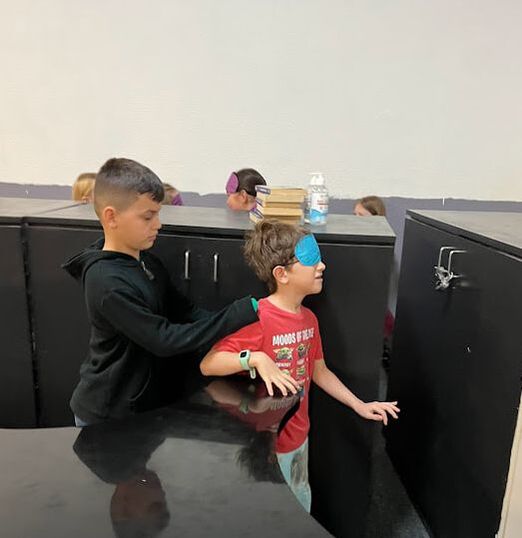
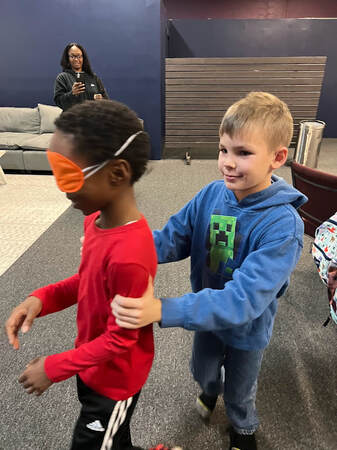
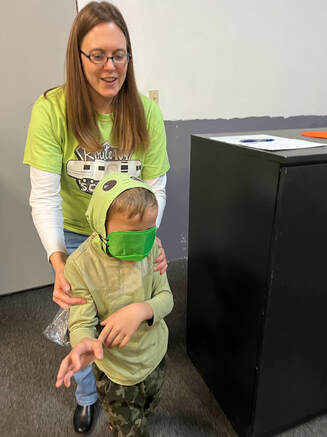
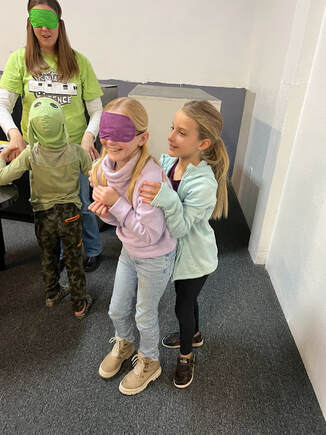
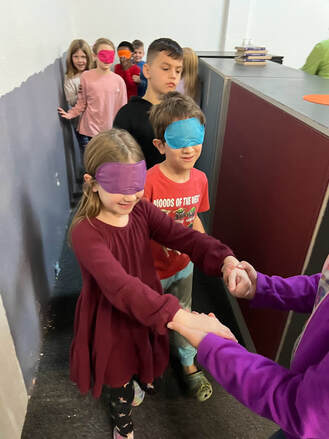
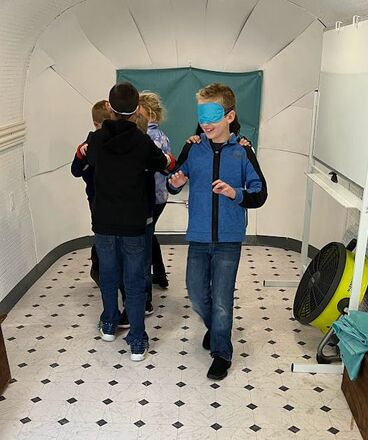
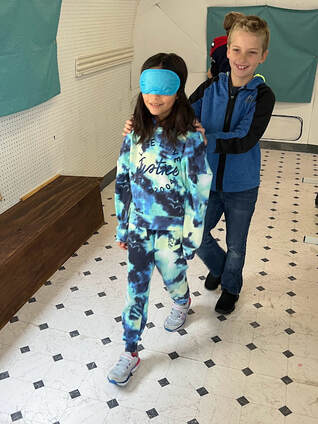
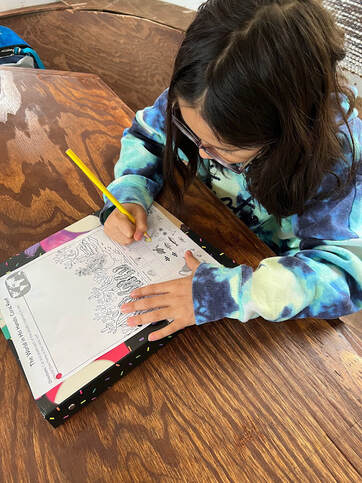

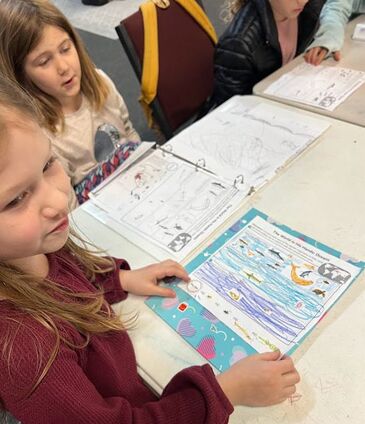
 RSS Feed
RSS Feed